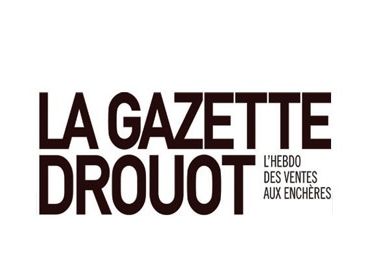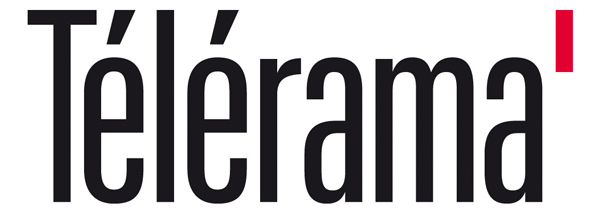Le goût de la modernité
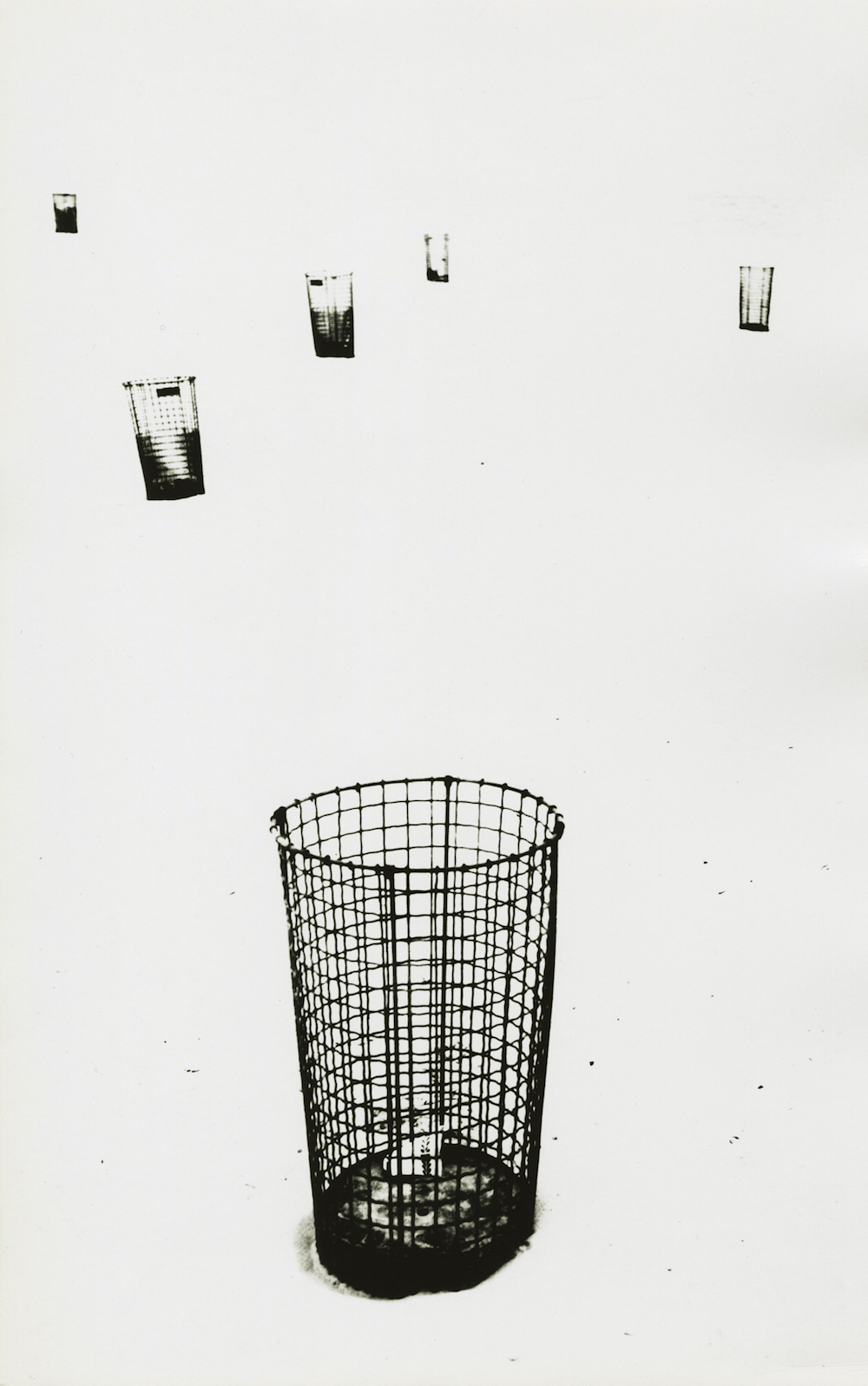
Image: 11 x 7 inches
Print: 11 x 7 inches
Signed and dated by the artist
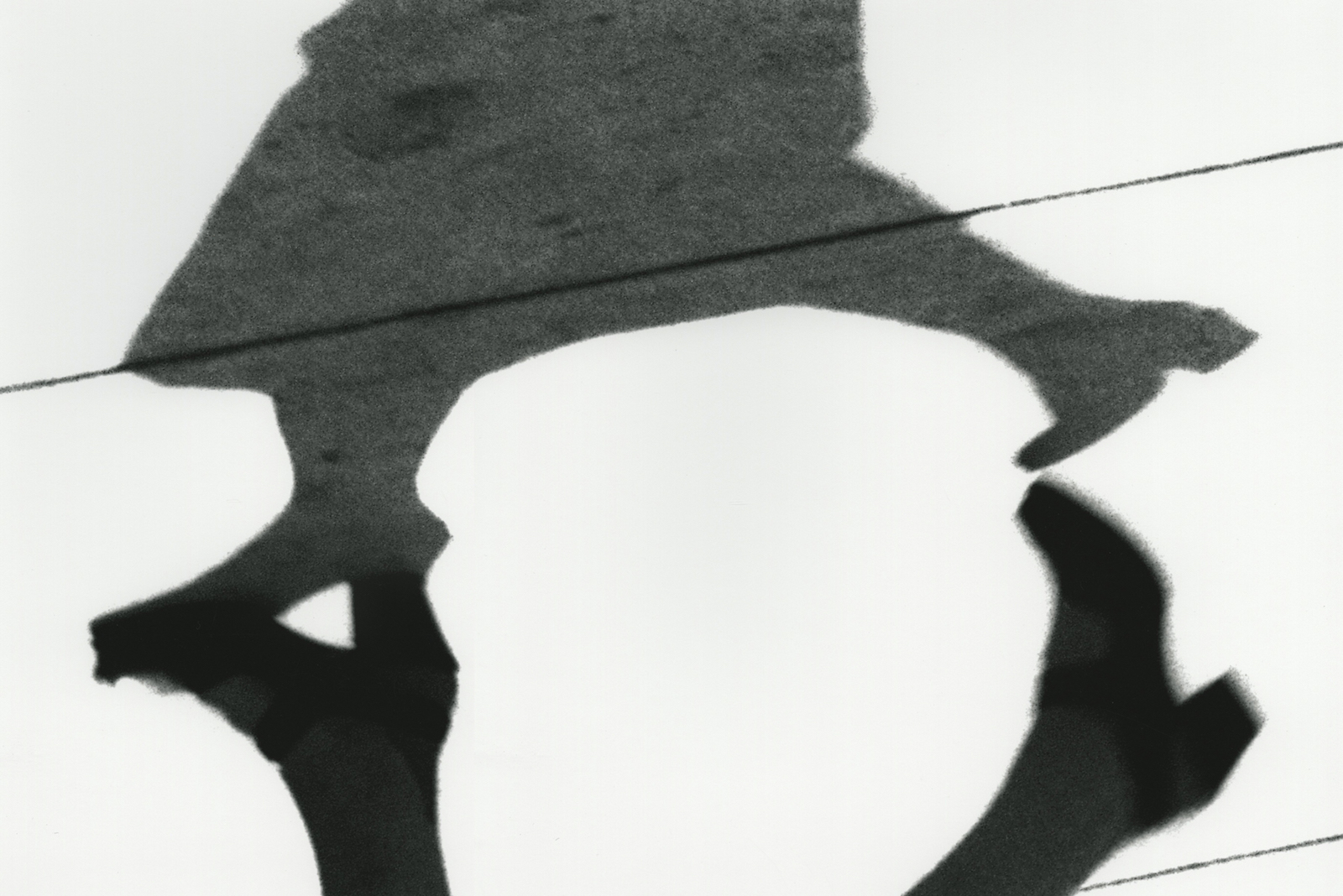
Image: 12 1/2 x 18 1/2 inches
Print: 13 x 19 inches
Signed, dated, and numbered by the artist
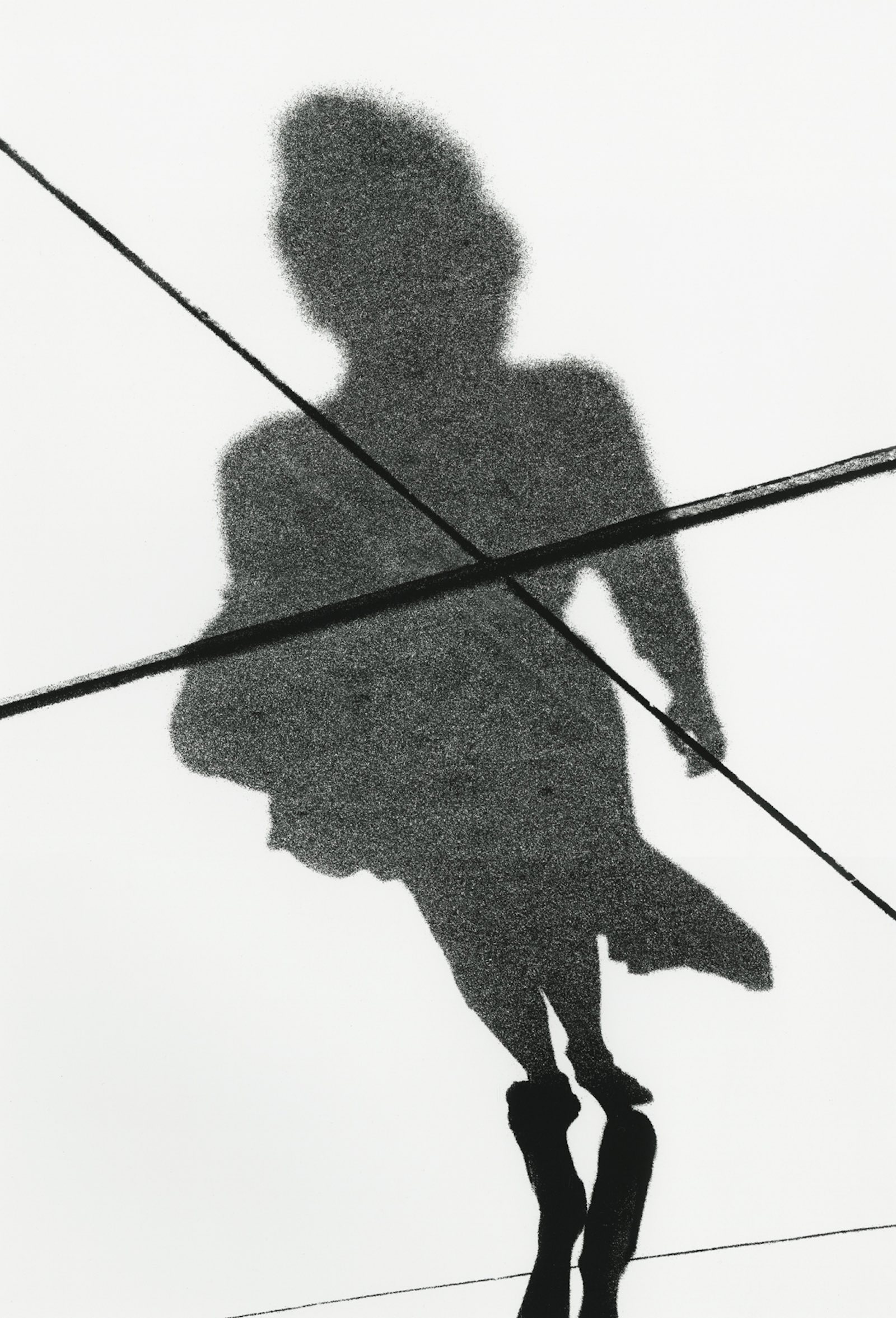
Image: 18 1/4 x 12 1/2 inches
Print: 19 x 13 inches
Signed and dated by the artist
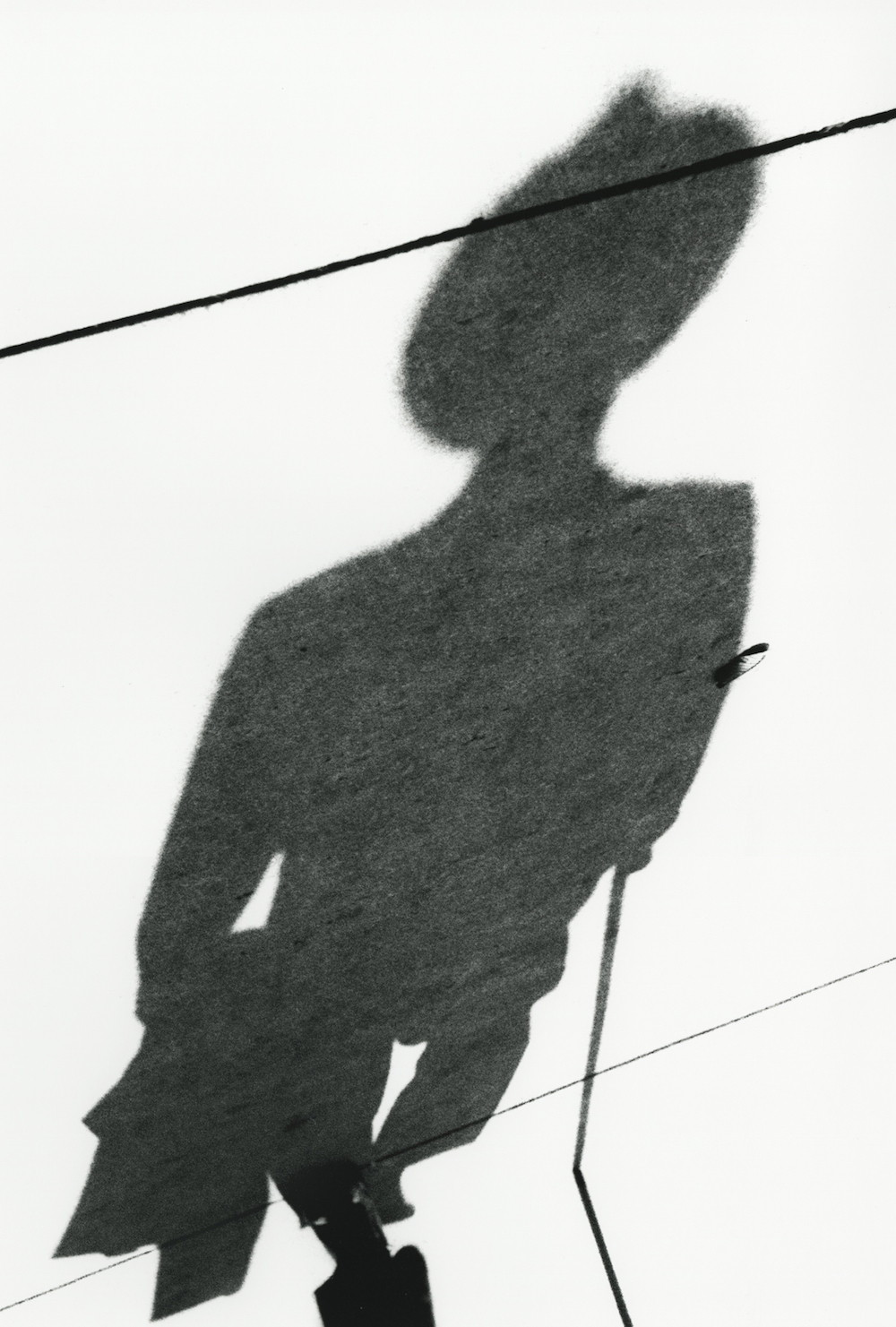
Image: 18 1/2 x 12 1/2 inches
Print: 13 x 19 inches
Signed, dated and numbered by the artist
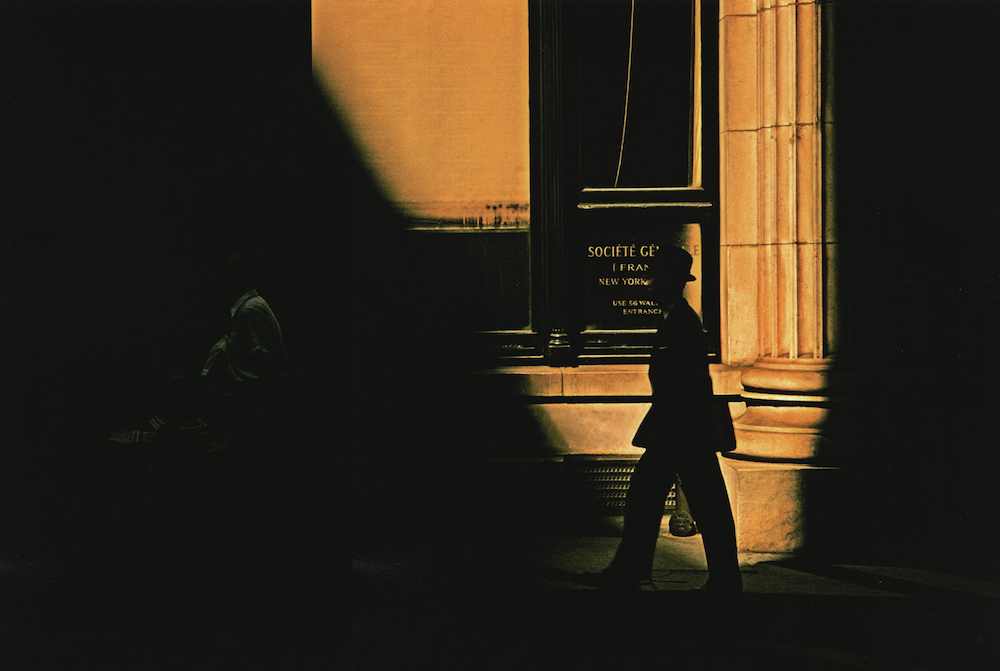
Image: 12 3/8 x 18 1/2 inches
Print: 13 x 19 inches
Signed, dated et numbered by the artist
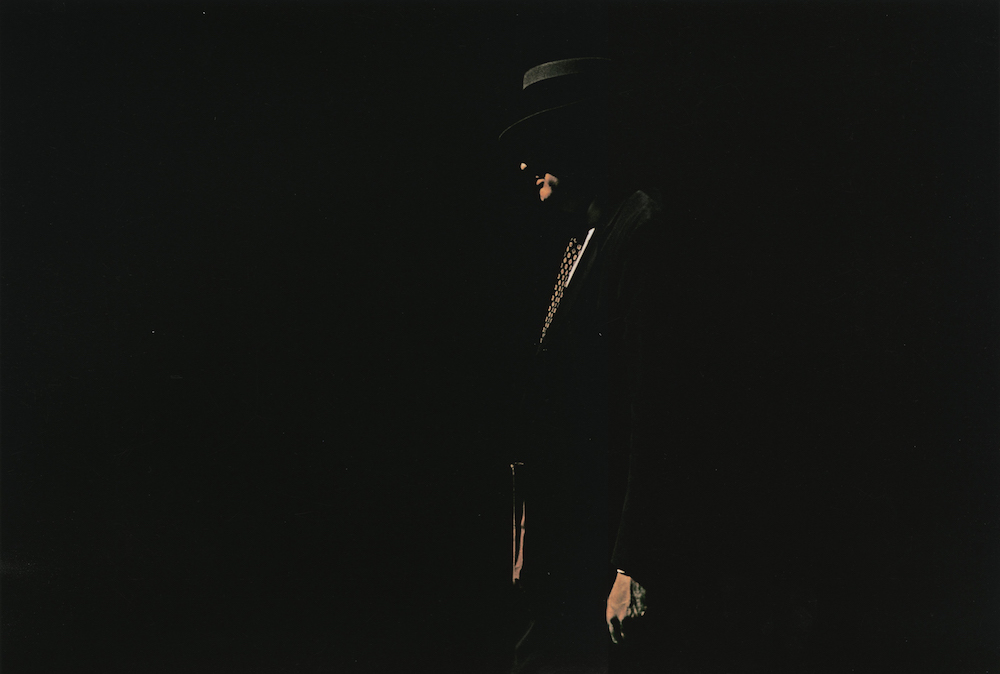
Image: 12 1/2 x 18 1/2 inches
Print: 13 x 19 inches
Signed, dated and numbered by the artist
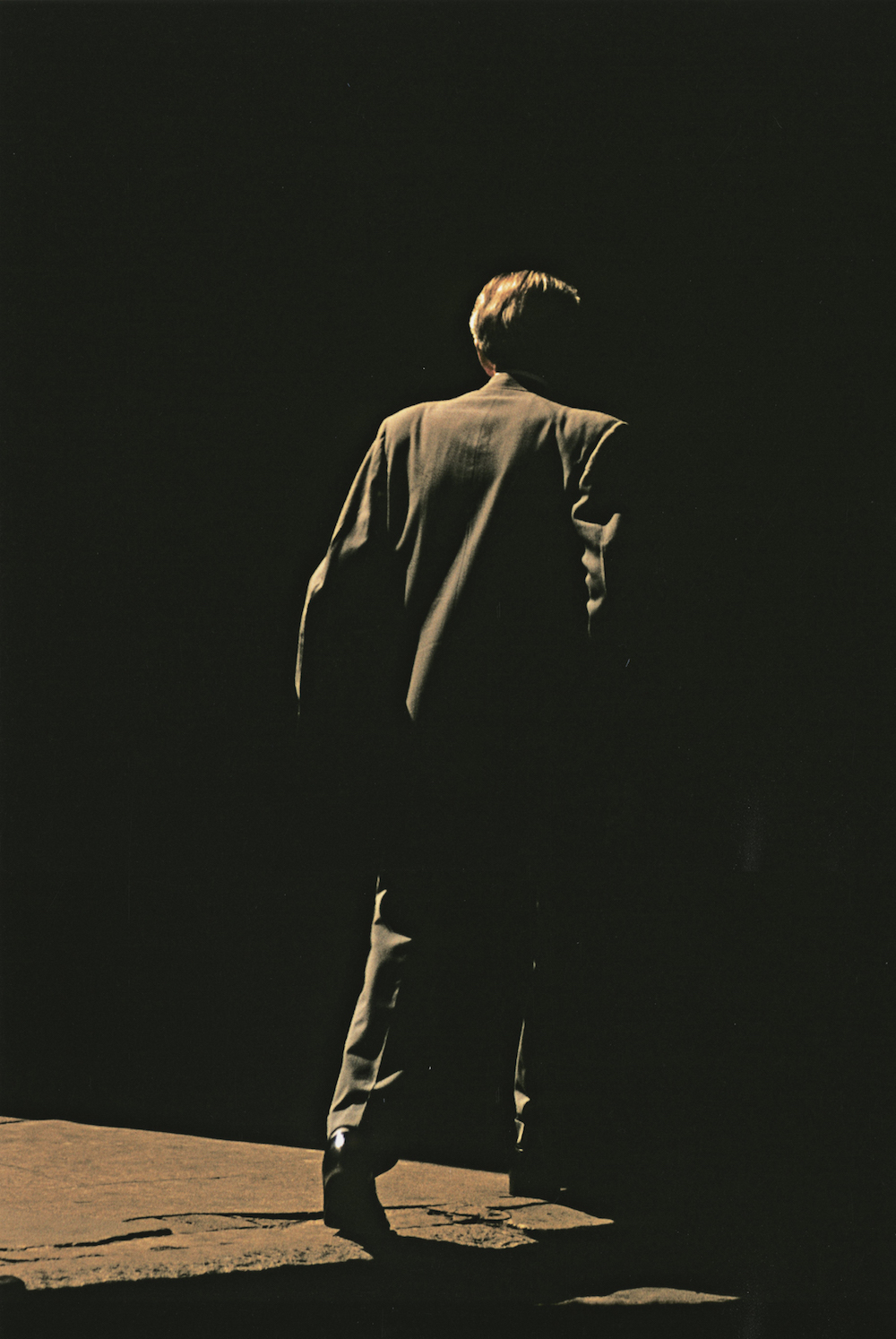
Image: 18 1/2 x 12 1/2 inches
Print: 19 x 13 inches
Signed, dated and numbered by the artist
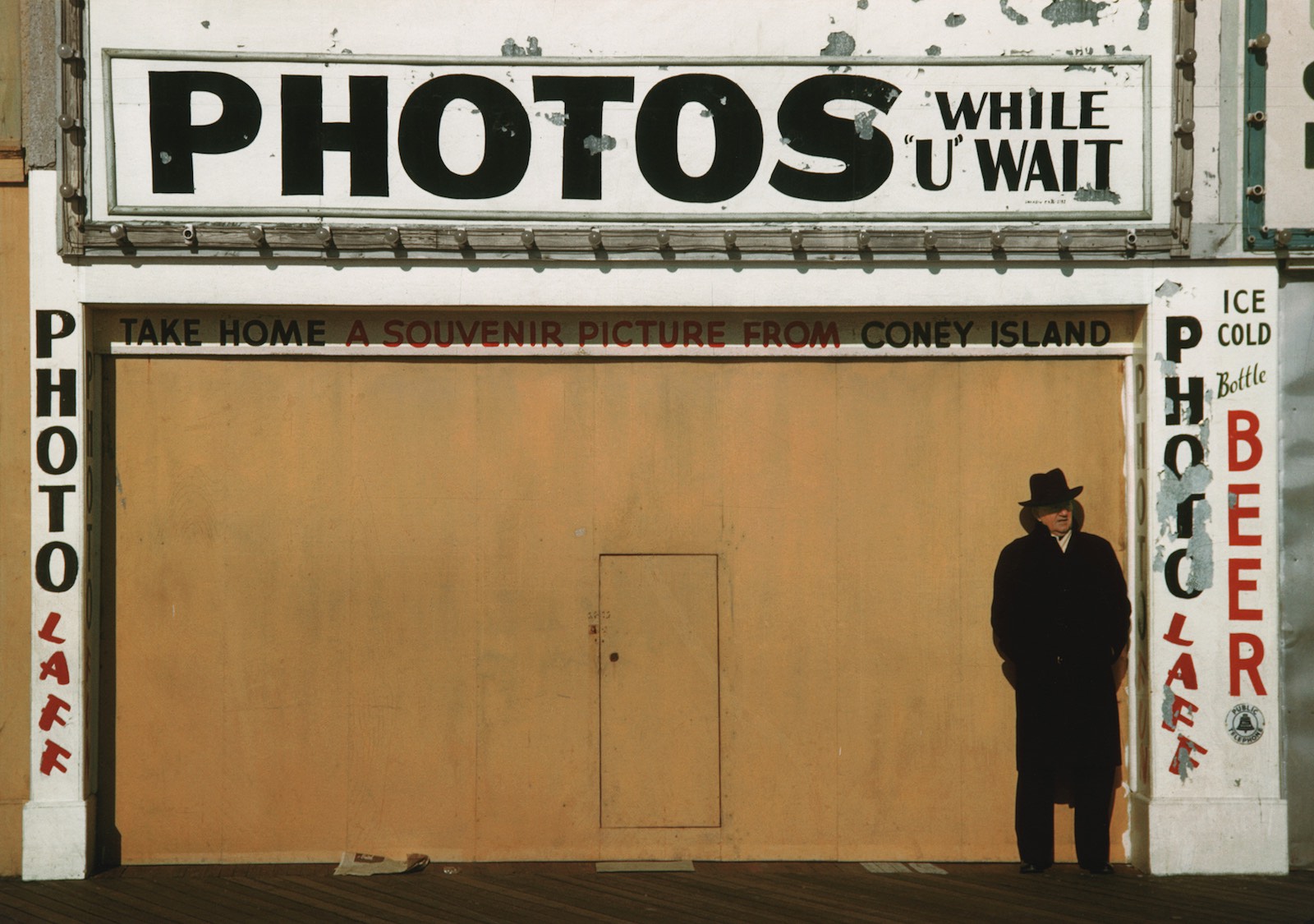
Image: 15 x 21 1/4 inches
Print: 17 x 22 inches
Signed and numbered by the artist
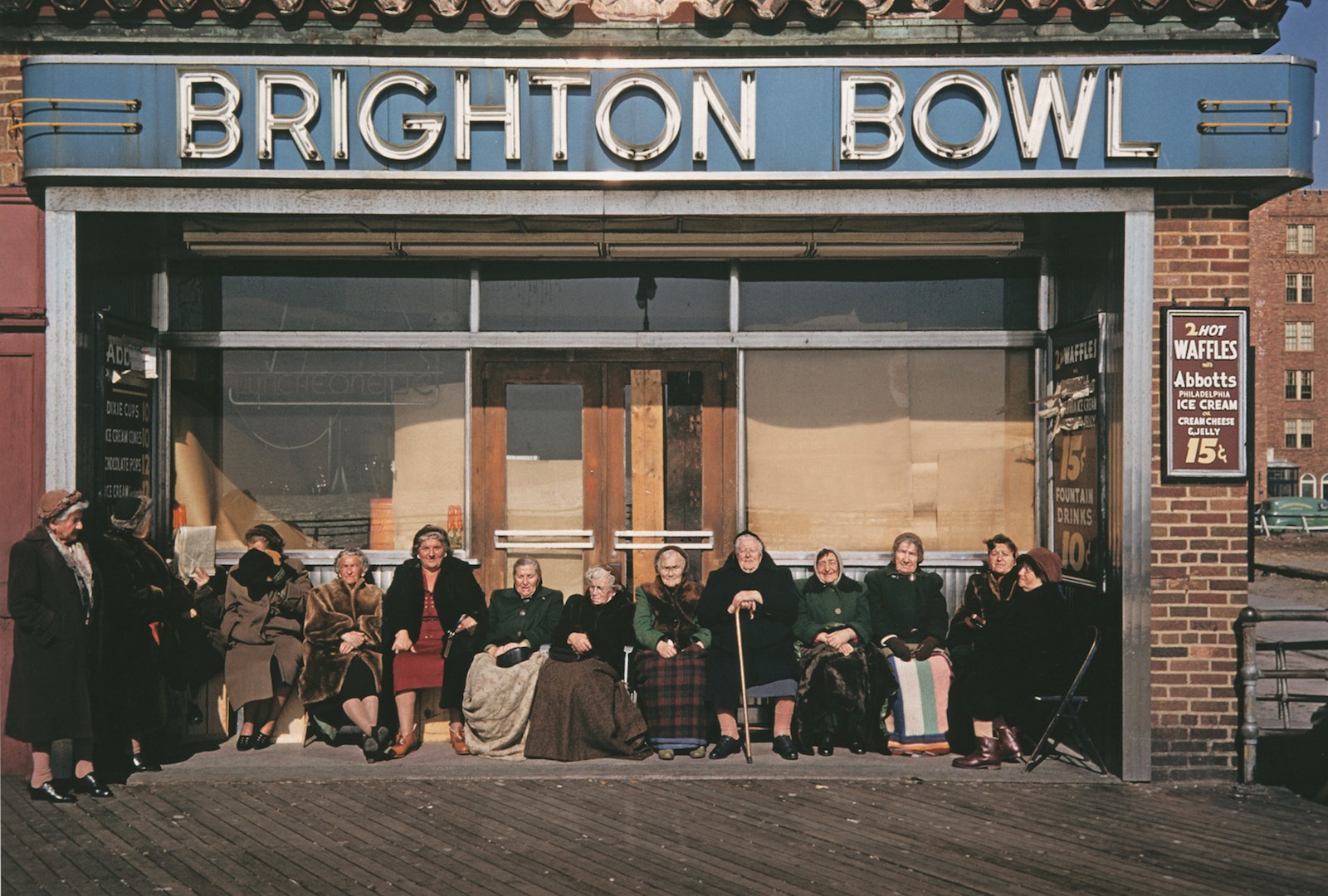
Image: 12 1/2 x 18 1/2 inches
Print: 13 x 19 inches
Signed, dated and numbered by the artist
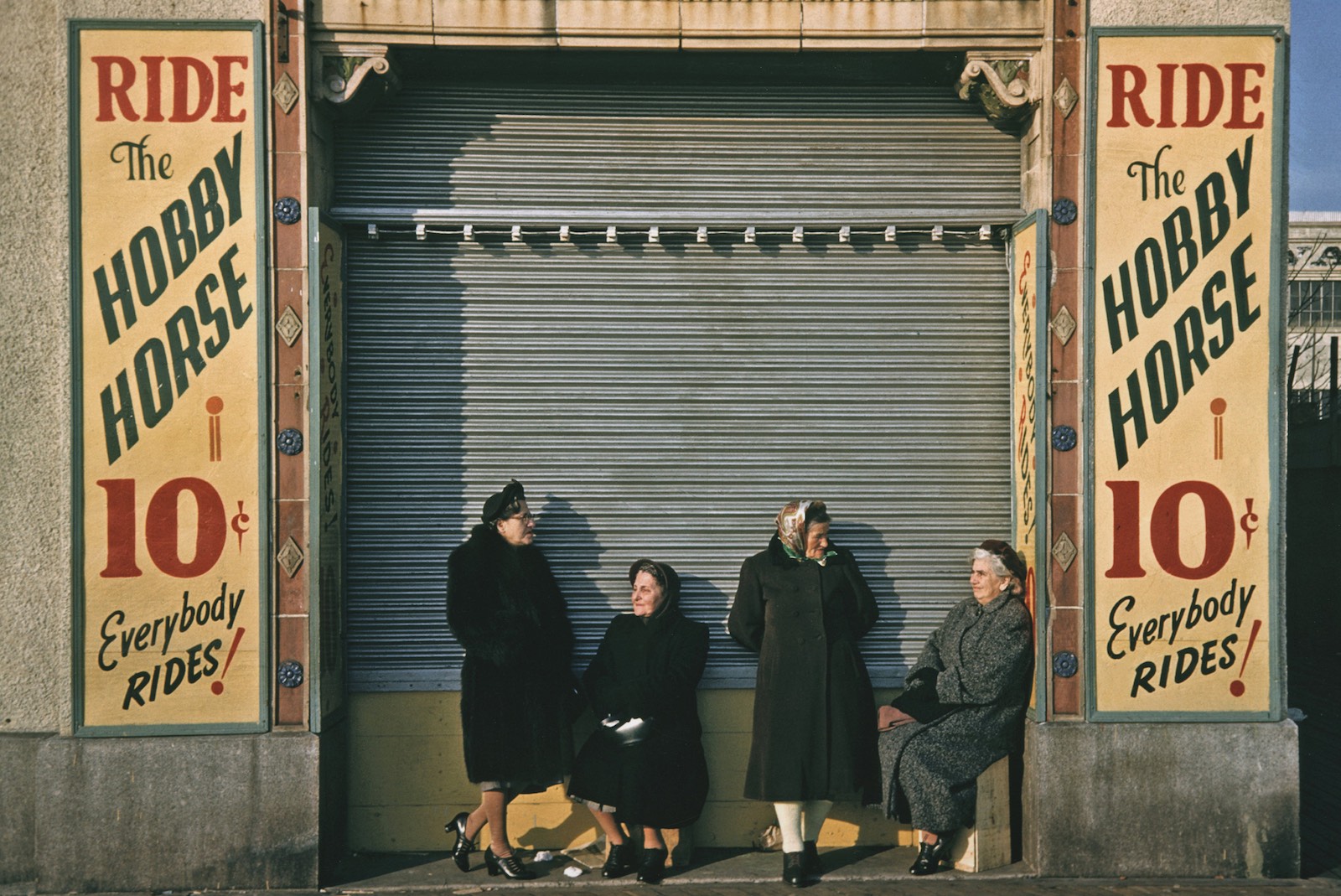
Image: 12 1/2 x 18 1/2 inches
Print: 13 x 19 inches
Signed and dated by the artist
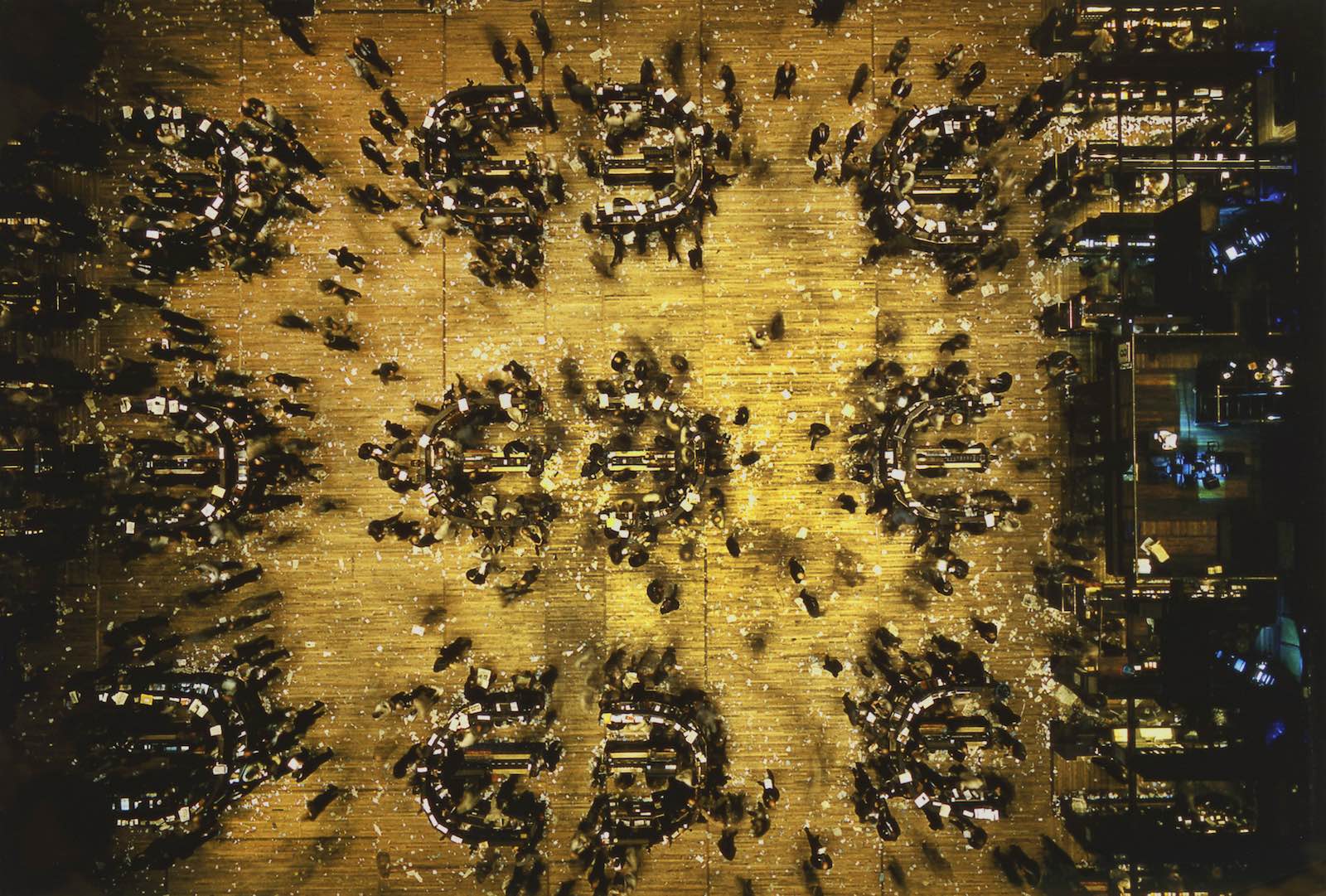
Image: 12 1/2 x 18 1/2 inches
Print: 13 x 19 inches
Signed and dated by the artist

Image: 6,5 x 5 inches
Print: 7 1/8 x 5 1/2 inches
Signed and dated by the artist
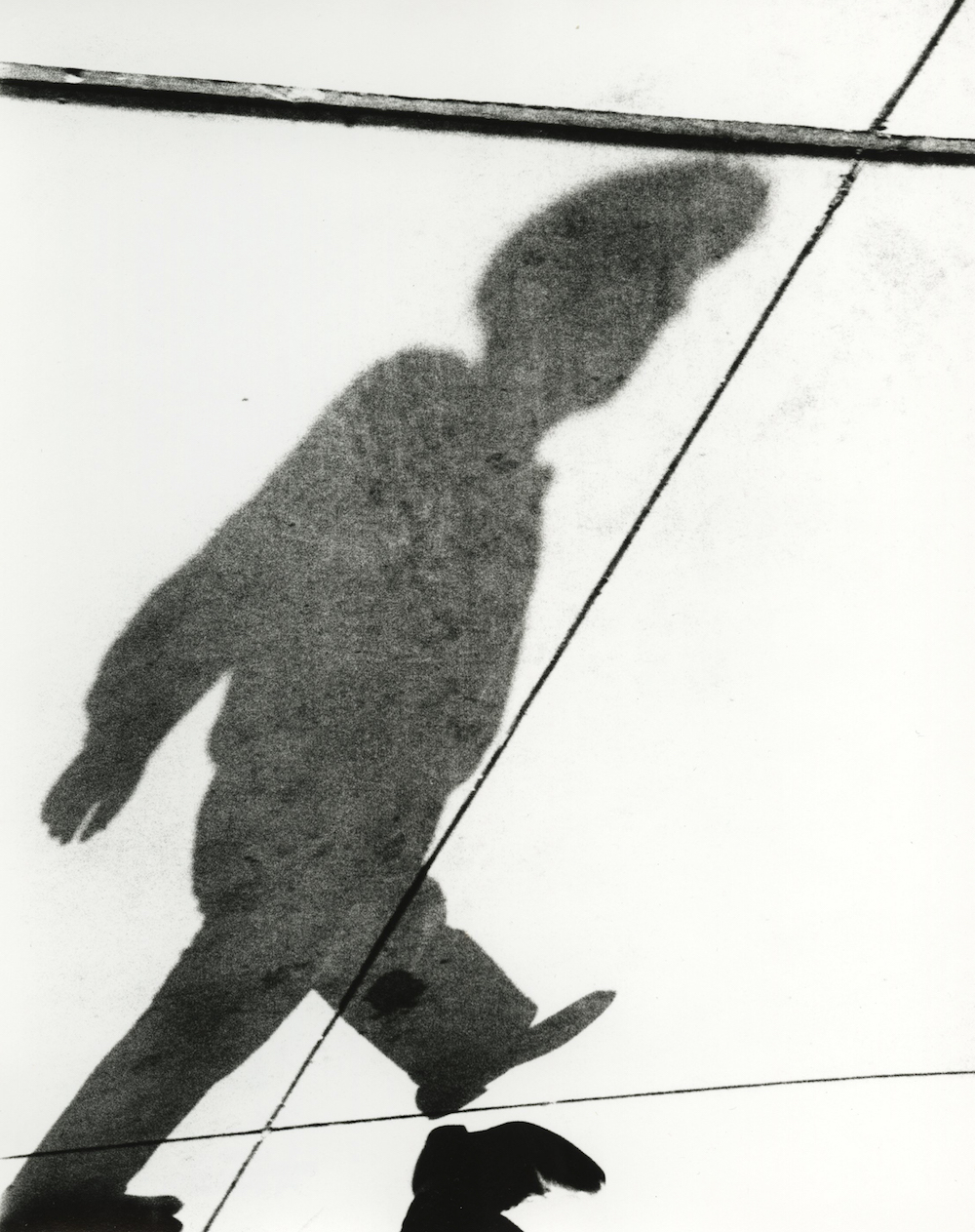
Image: 9 5/8 x 7 1/2 inches
Signed and dated by the artist
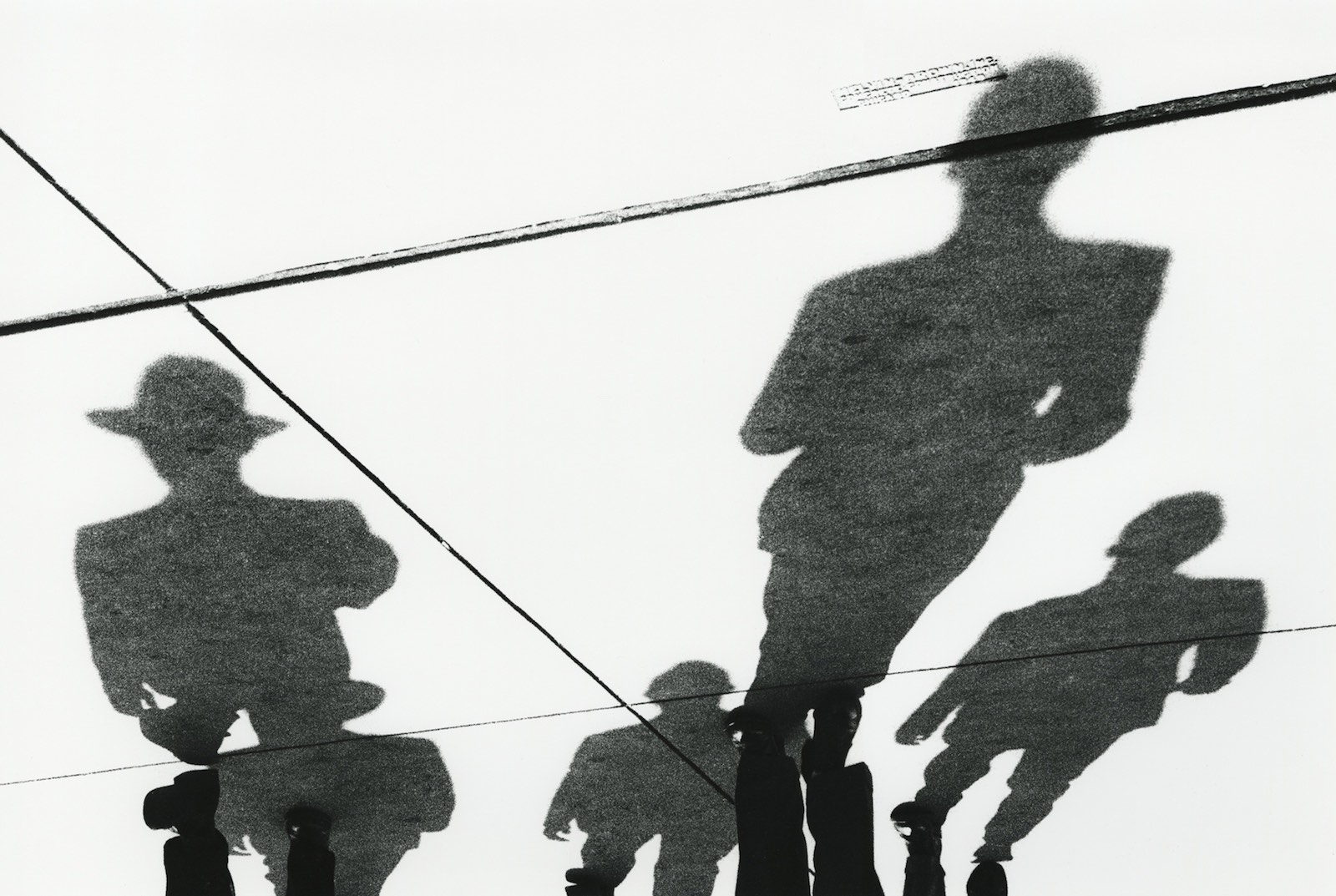
Image: 12 1/2 x 18 1/2 inches
Print: 13 x 19 inches
Signed, dated, and numbered by the artist
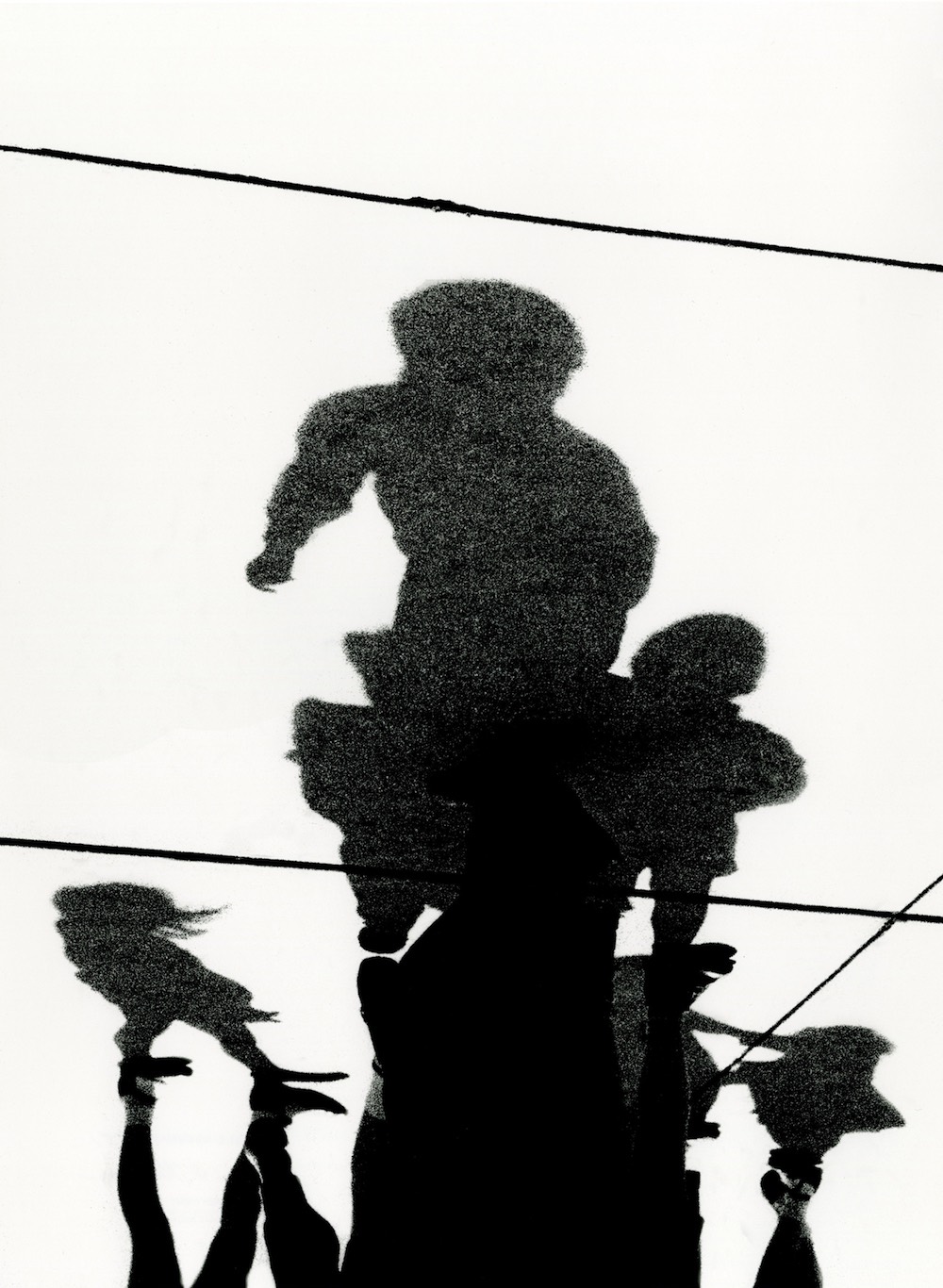
Image: 17 x 12 1/2 inches
Print: 19 x 13 inches
Signed and dated by the artist
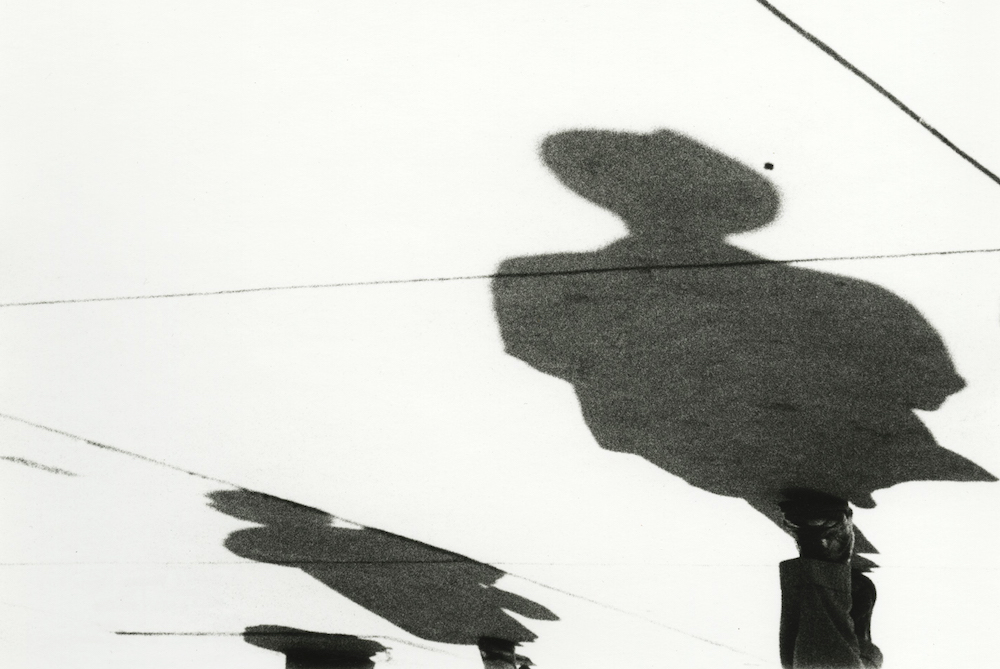
Image: 6 3/8 x 9 1/2 inches
Print: 8 x 10 inches
Signed and dated by the artist

Image: 17 7/8 x 12 1/2 inches
Print: 19 x 13 inches
Signed, dated and numbered by the artist

Image: 9 3/8 x 7 1/4 inches
Print: 9 3/8 x 7 1/4 inches
Signed and dated by the artist
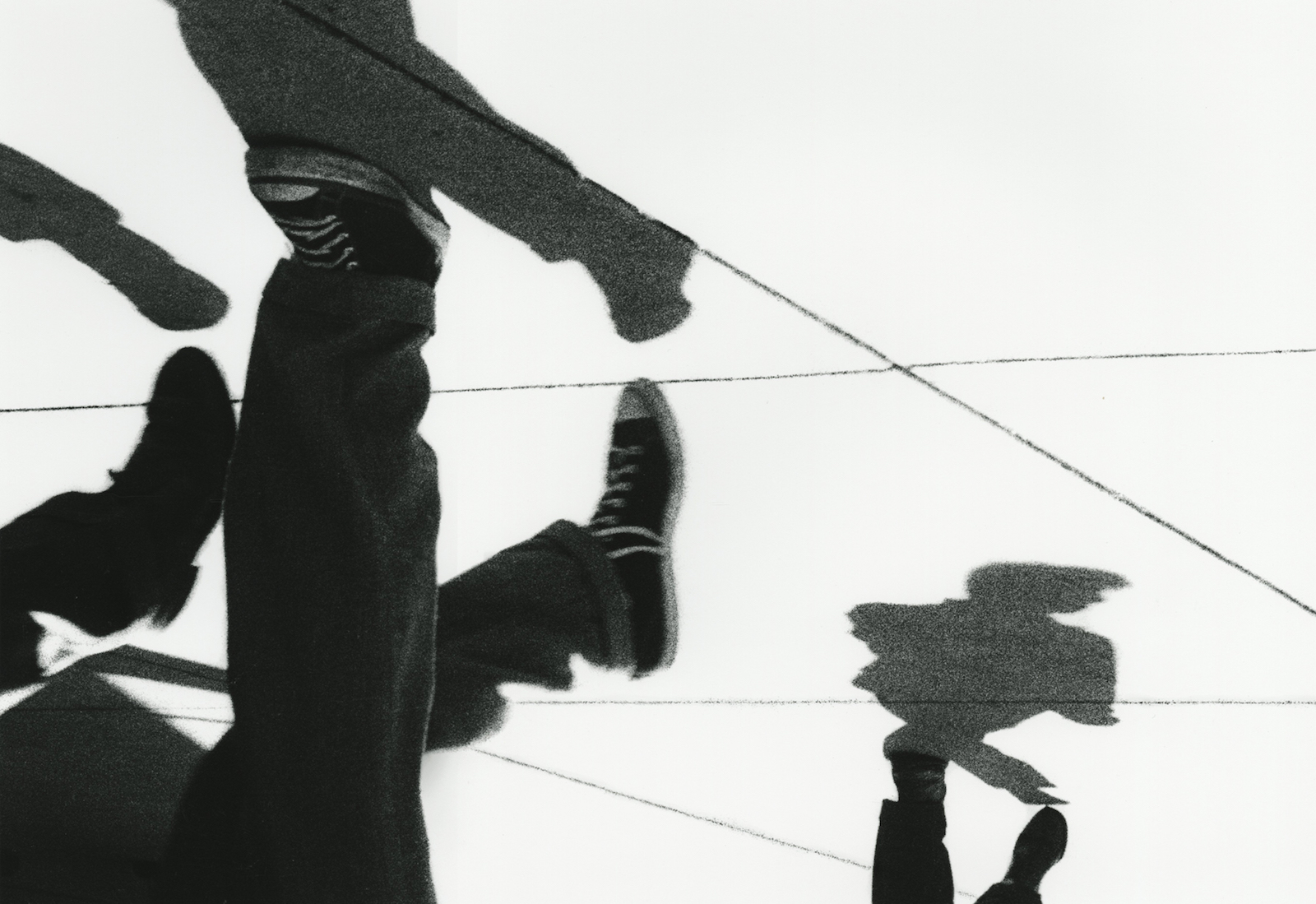
Image: 7 1/2 x 9 1/2 inches
Print: 7 1/2 x 9 1/2 inches
Signed and dated by the artist

Image: 15 7/8 x 12 1/2 inches
Print: 19 x 13 inches
Signed and dated by the artist

Image: 7 7/8 x 5 1/2 inches
Print: 10 x 7,8 inches
Signed and dated by the artist
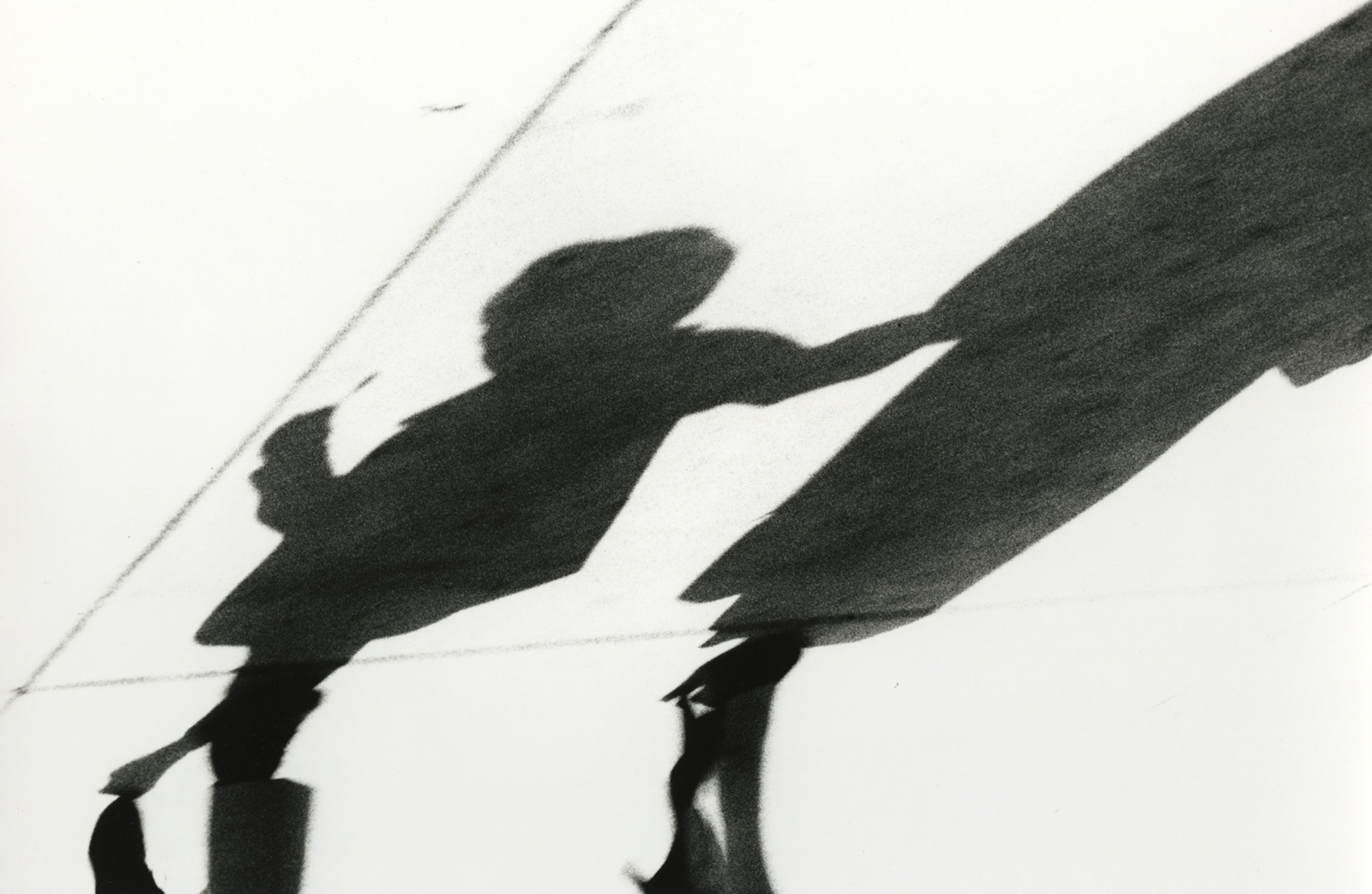
Image: 6 1/4 x 9 5/8 inches
Print: 6 1/4 x 9 5/8 inches
Signed and dated by the artist
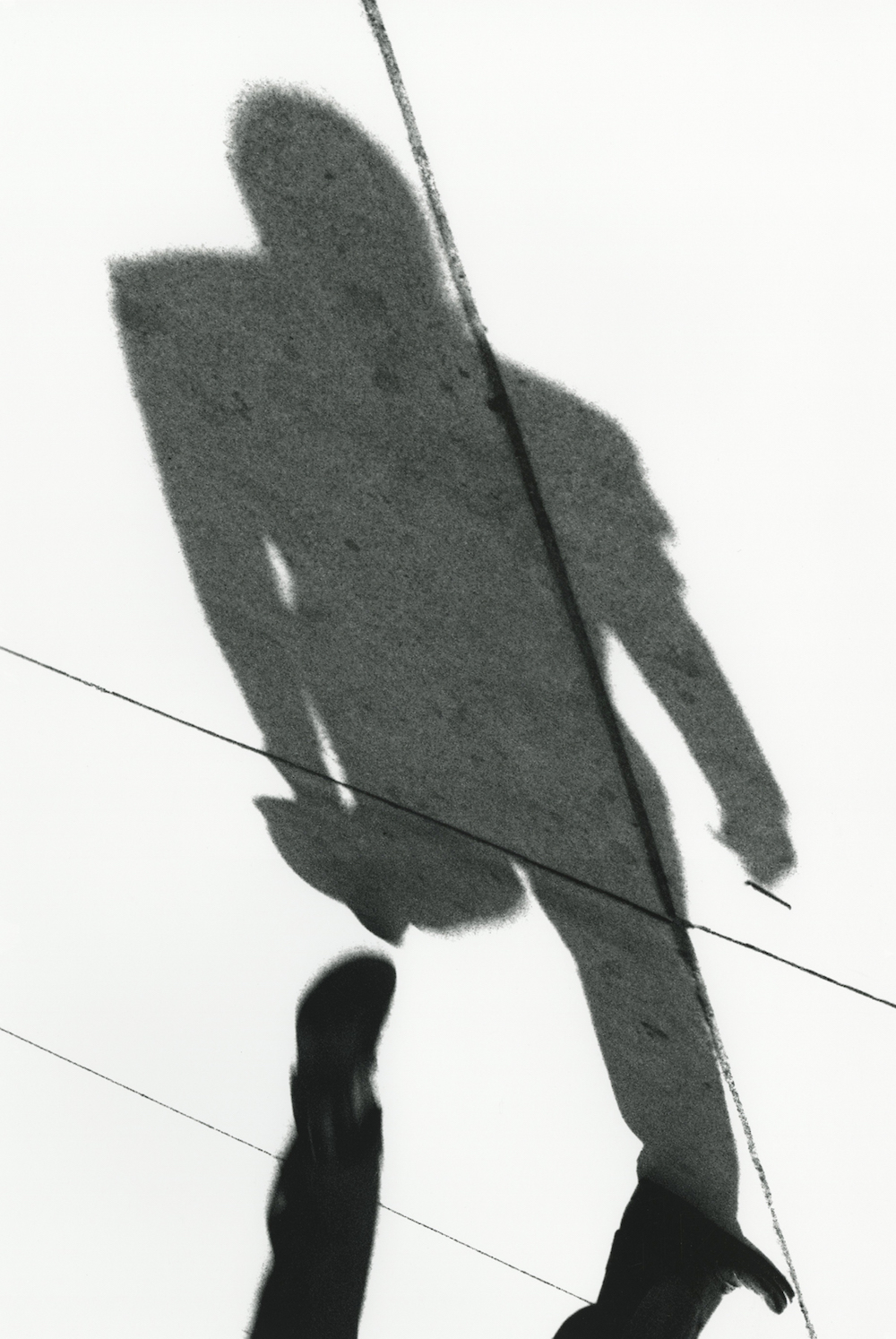
Image: 18 1/2 x 12 1/2 inches
Print: 13 x 19 inches
Signed, dated and numbered by the artist

Image: 13 1/8 x 10 1/8 inches
Photographer's credit stamps on print verso
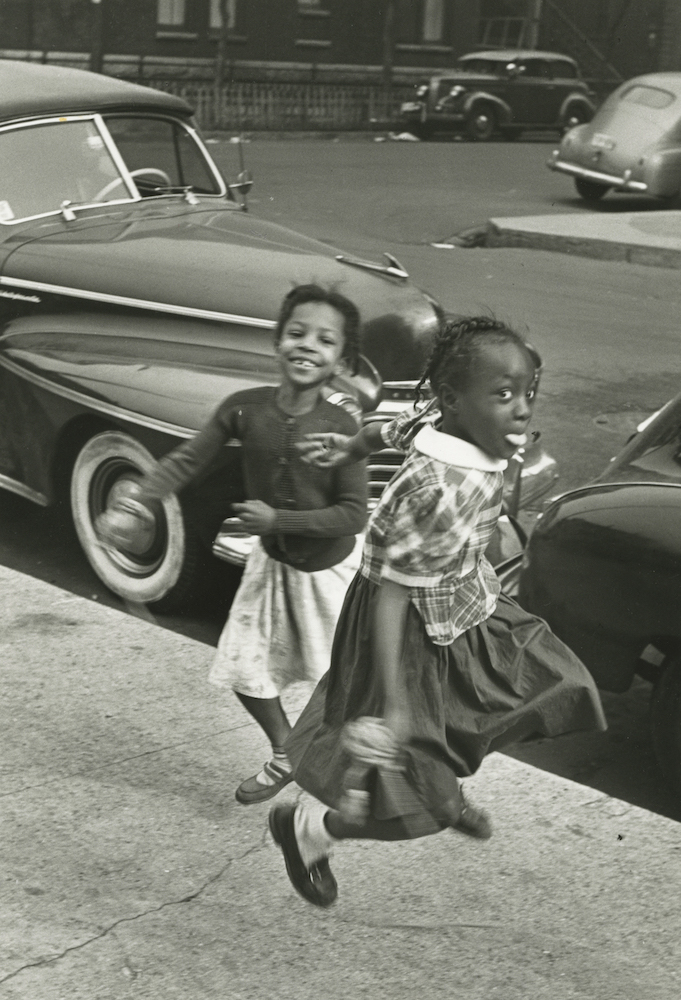
Image: 9 1/2 x 6 1/2 inches
Print: 10 x 8 inches
Signed and dated by the artist
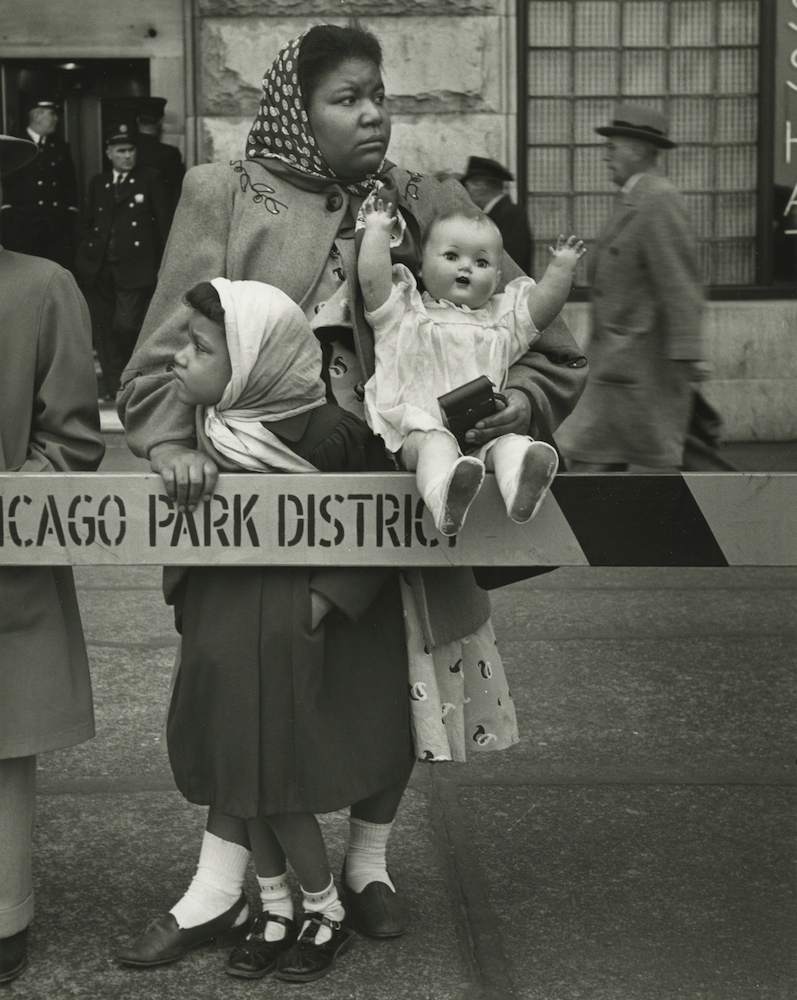
Image: 9 1/2 x 7 5/8 inches
Print: 10 x 8 inches
Signed and dated by the artist

Print: 9 1/2 x 7 5/8 inches
Signed and dated by the artist
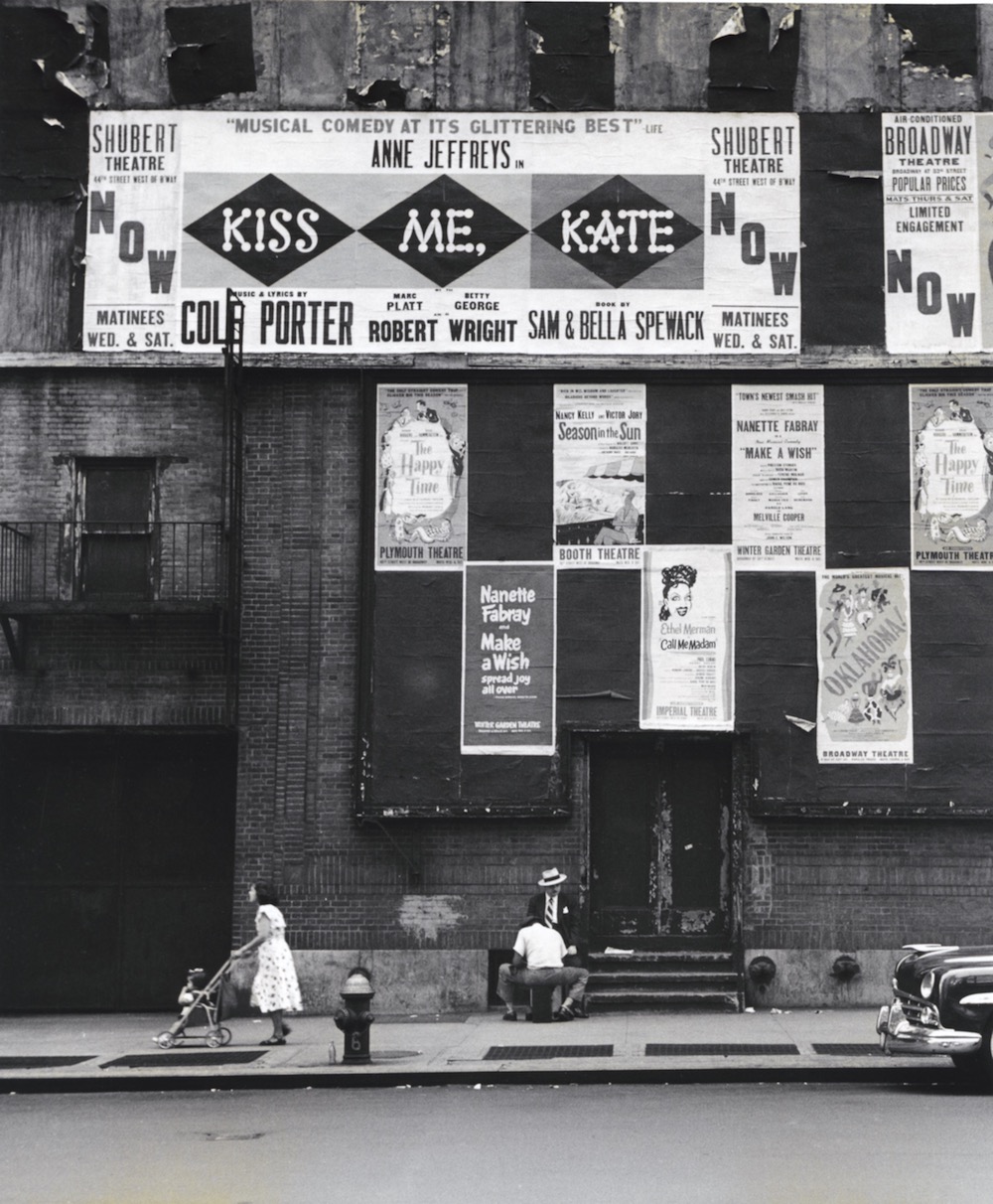
Image: 9 x 7 3/8 inches
Signed and dated by the artist
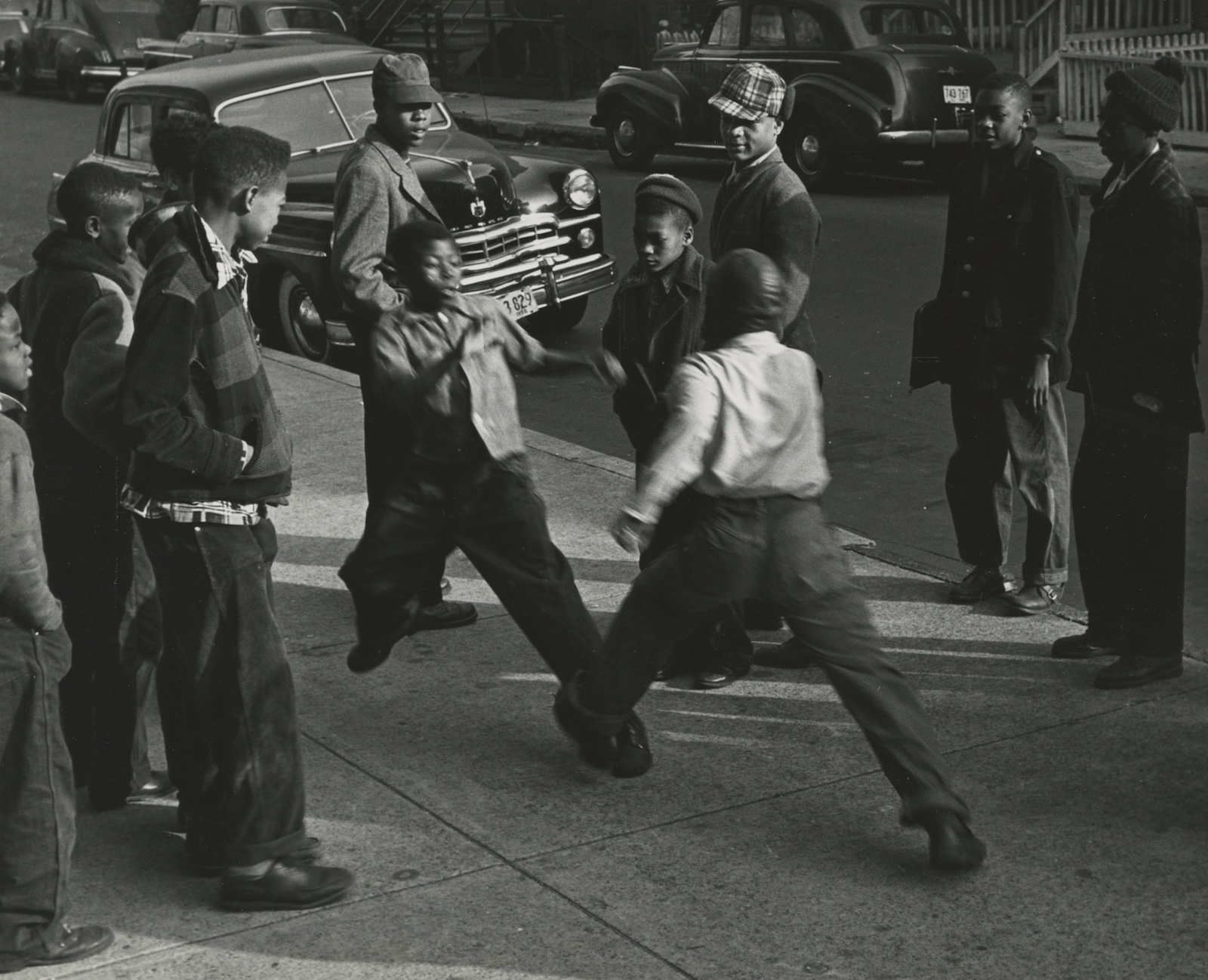
Print: 7 5/8 x 9 1/2 inches
Signed and dated by the artist
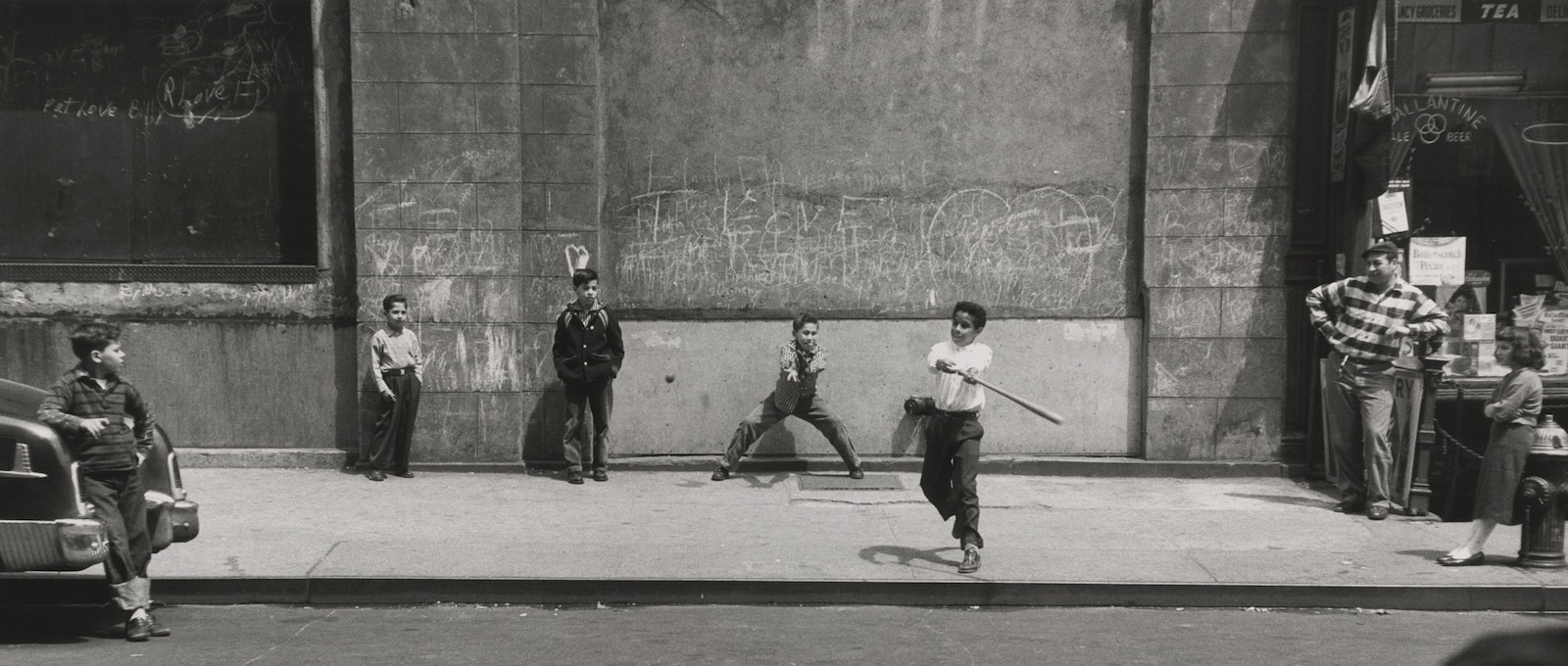
Image: 5 5/8 x 13 1/8 inches
Signed and dated by the artist

Print: 11 x 14 inches
Dated and signed by the artist

Print: 11 x 14 inches
Dated and signed by the artist

Print: 11 x 14 inches
Dated and signed by the artist
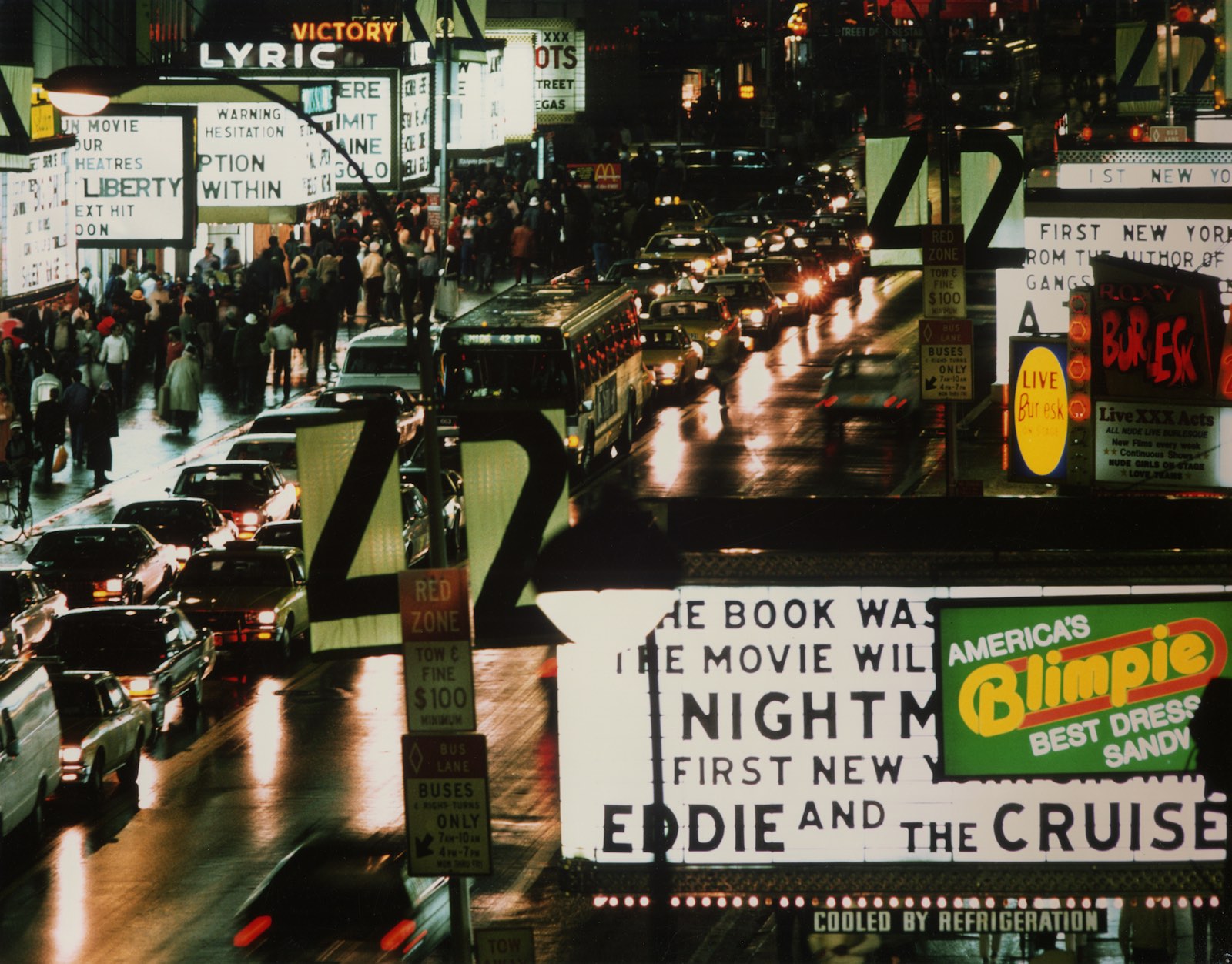
Print: 11 x 14 inches
Dated and signed by the artist
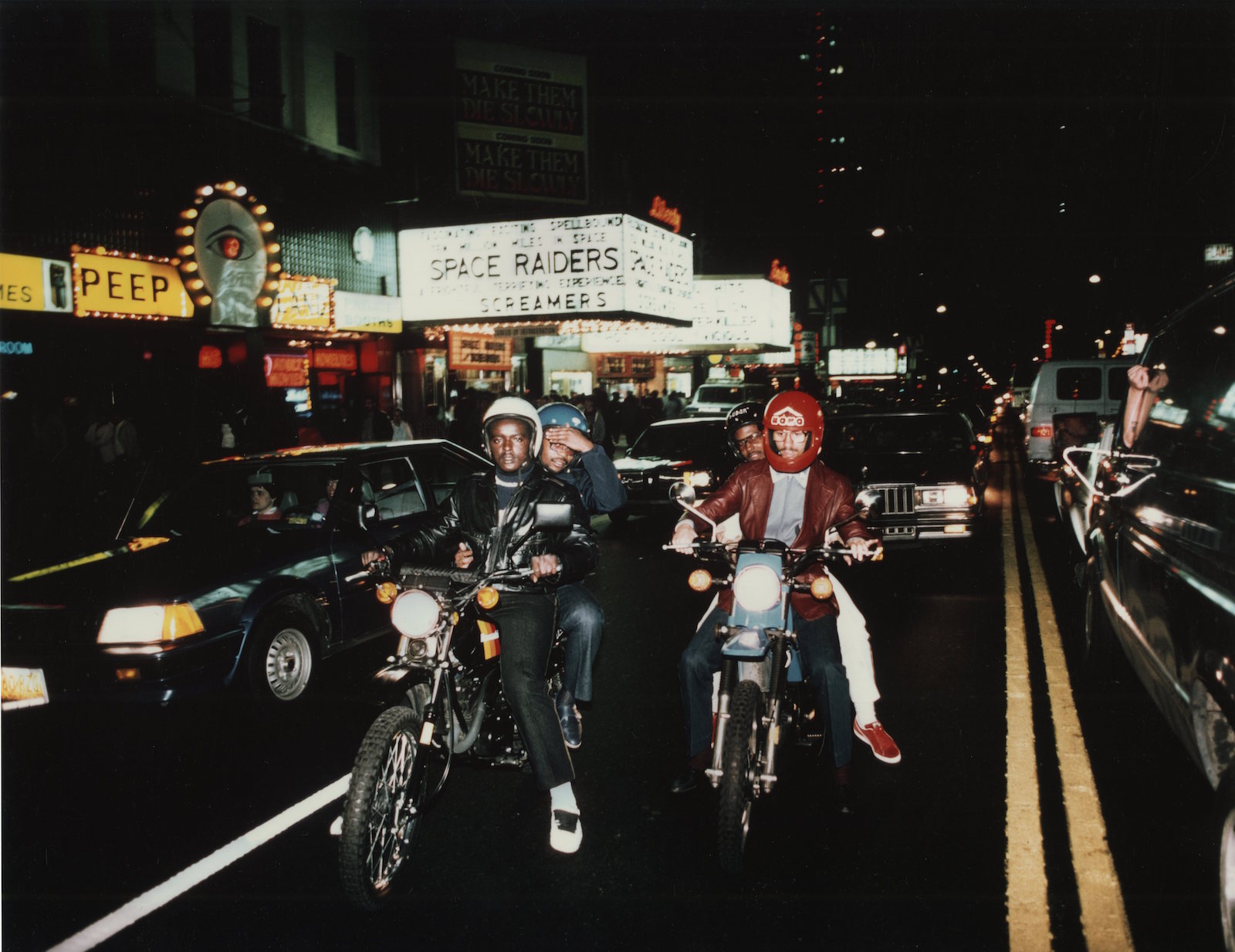
Image: 11 x 14 inches
Print: 11 x 14 inches
Dated and signed by the artist
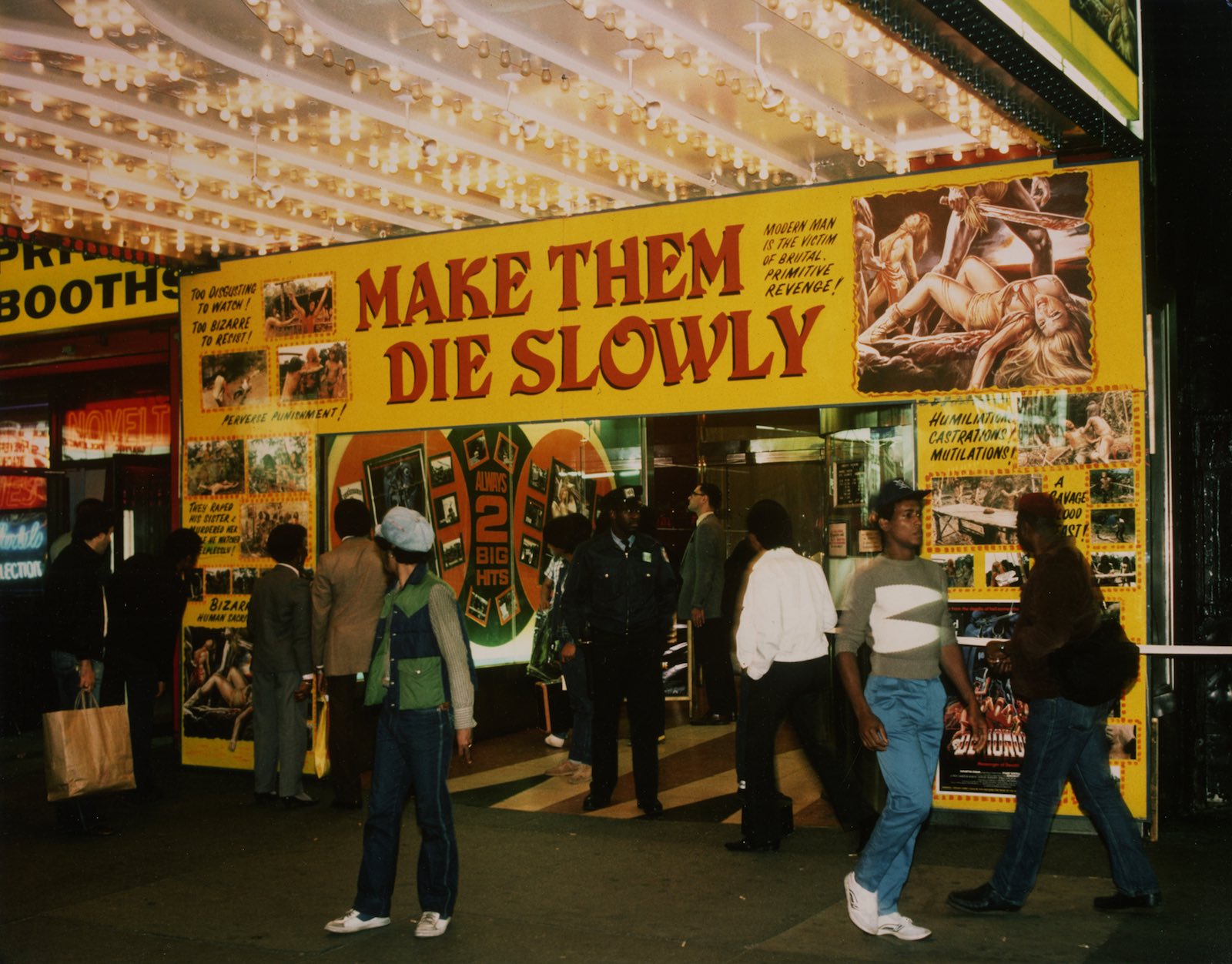
Print: 11 x 14 inches
Dated and signed by the artist
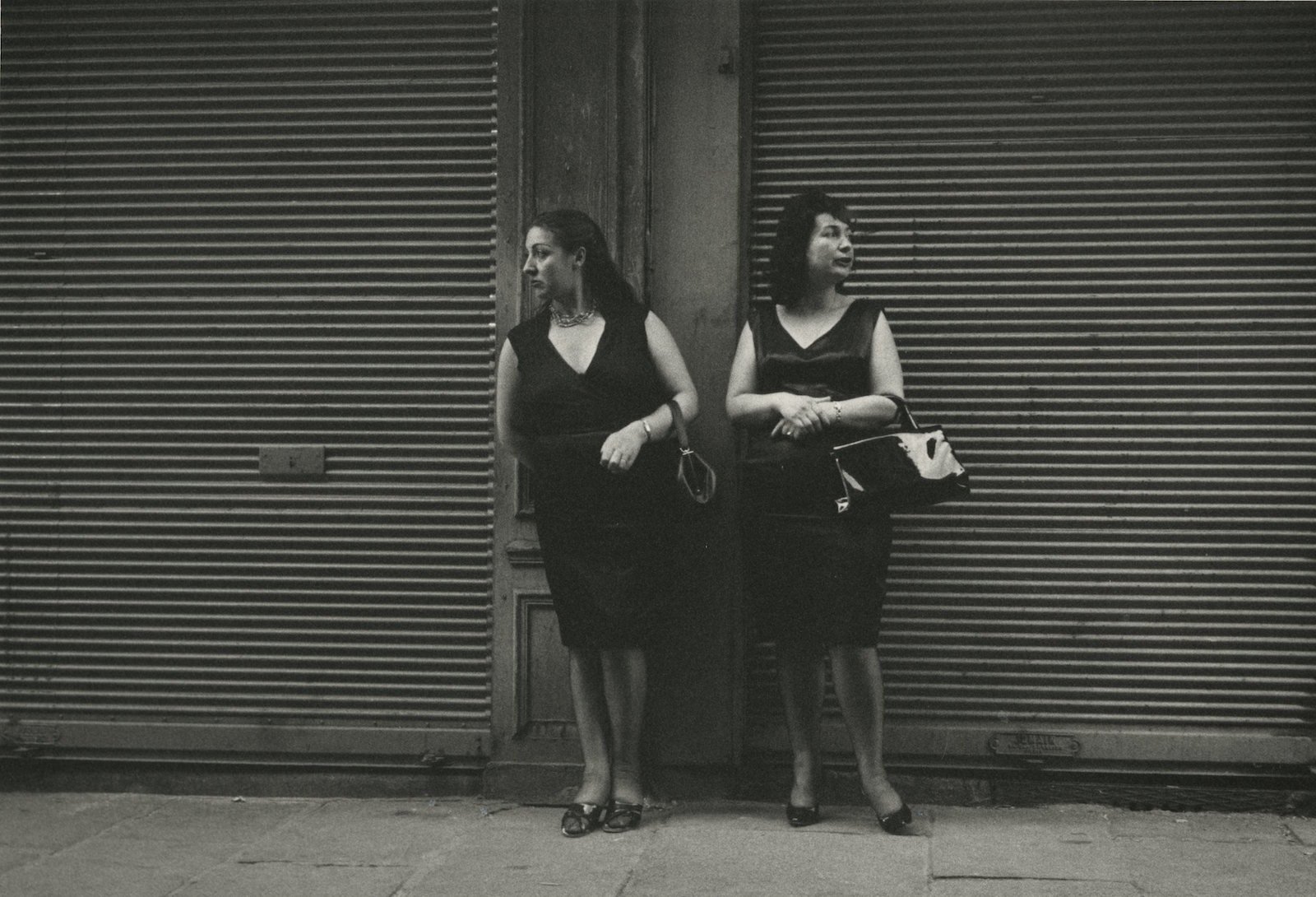
Image: 9 x 13 inches
Print: 11 x 14 inches
Dated and signed by the artist
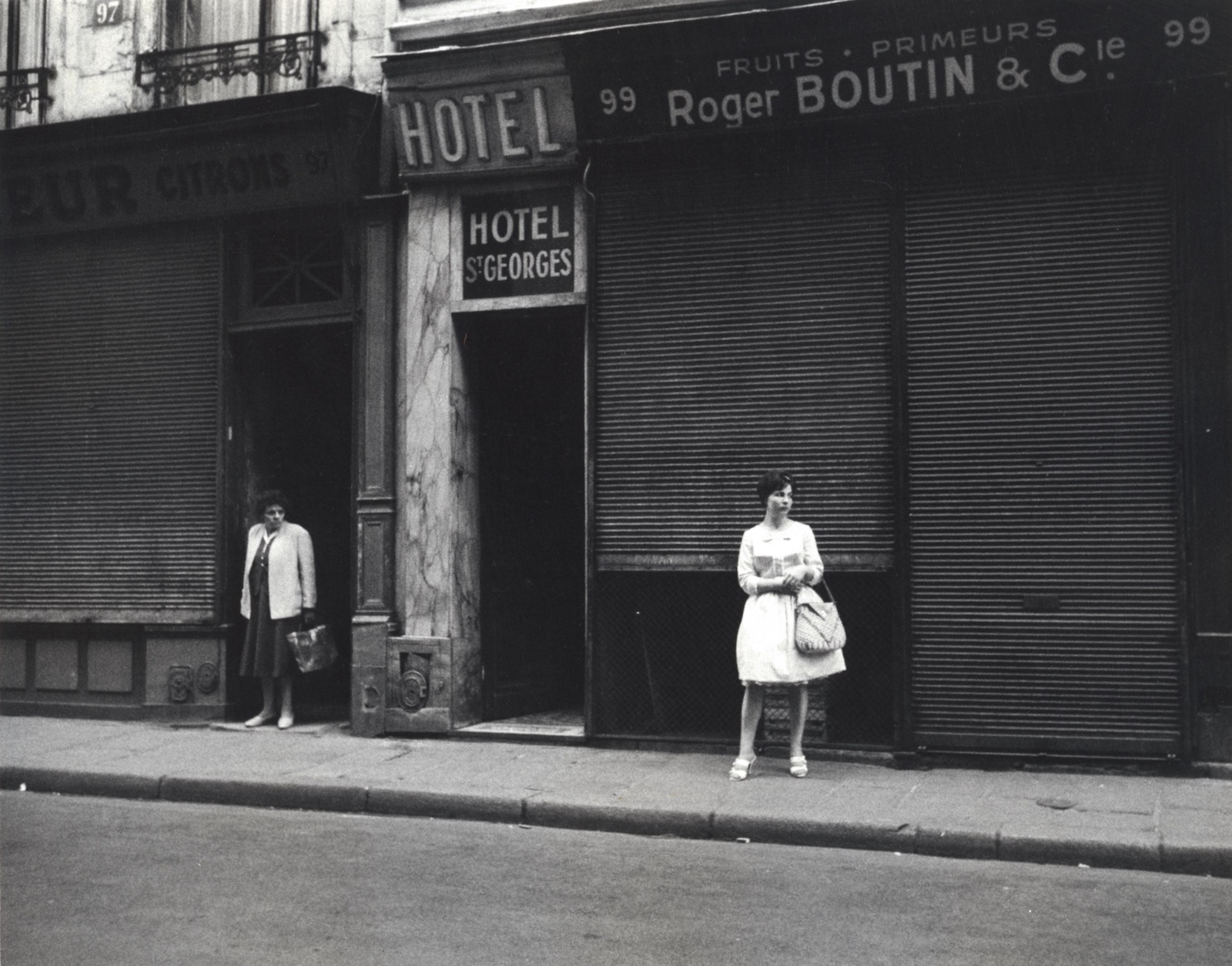
Image: 7 x 9 inches
Print: 8 x 10 inches
Dated and signed by the artist
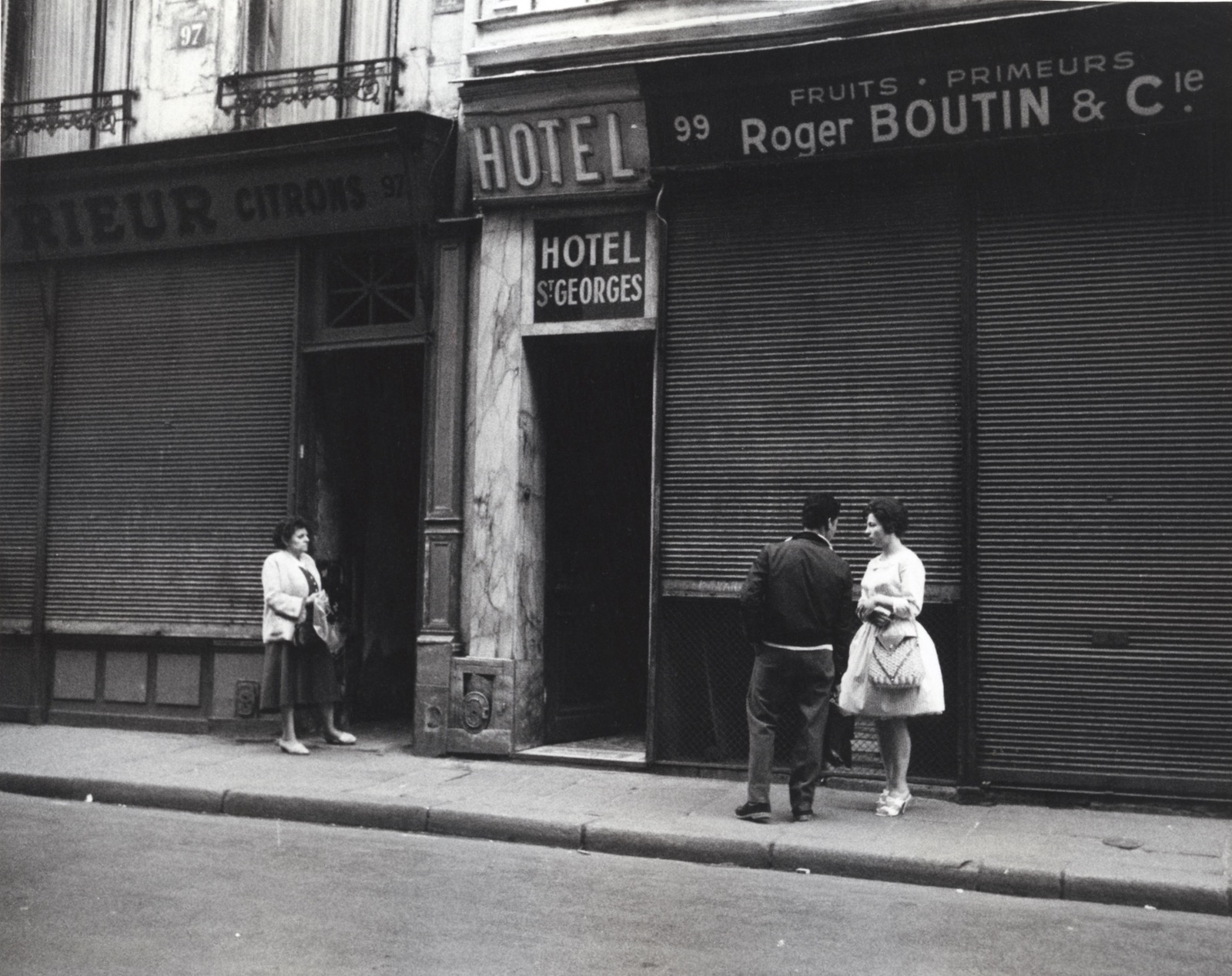
Image: 7 x 9 inches
Print: 8 x 10 inches
Dated and signed by the artist
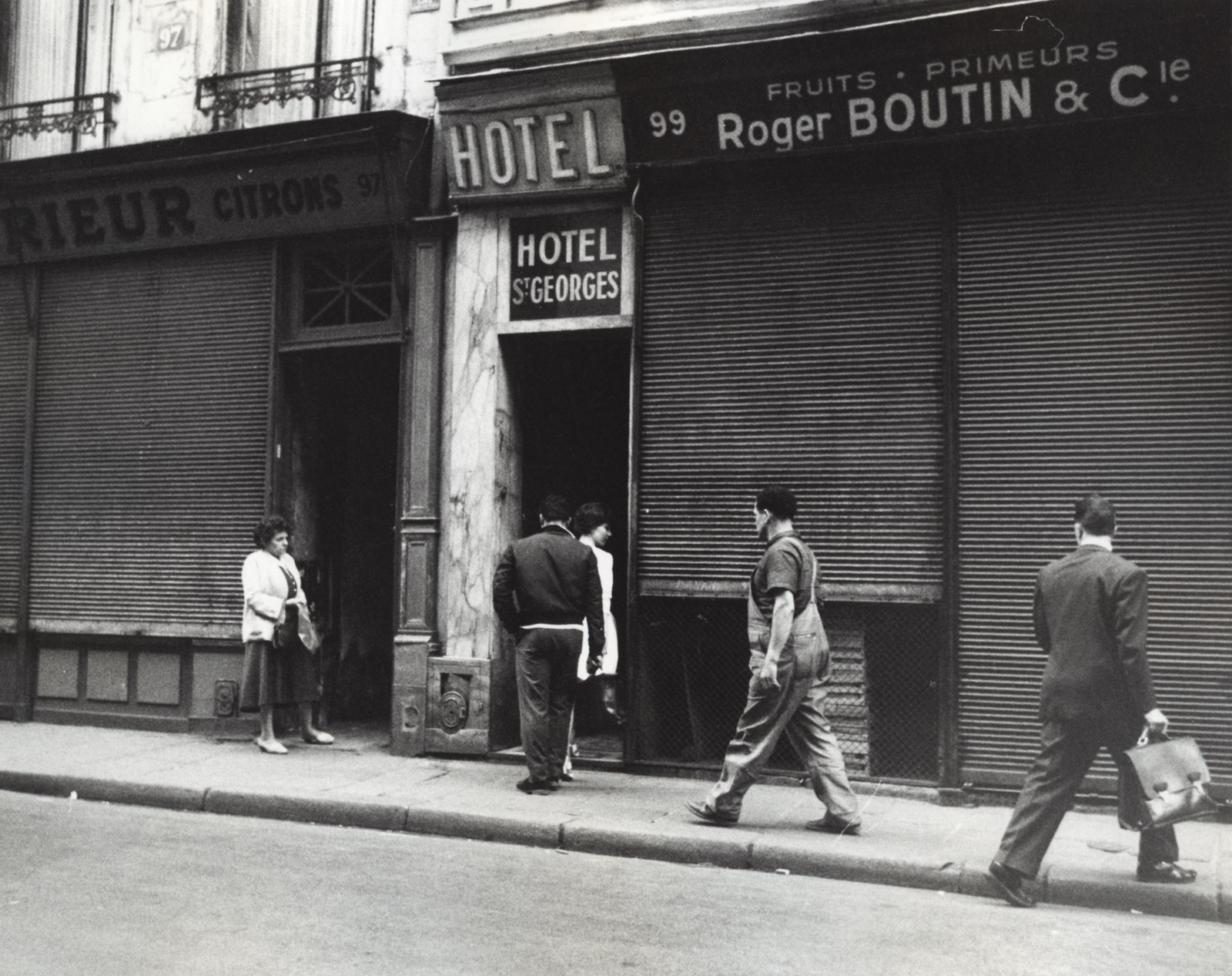
Image: 7 x 9 inches
Print: 8 x 10 inches
Dated and signed by the artist
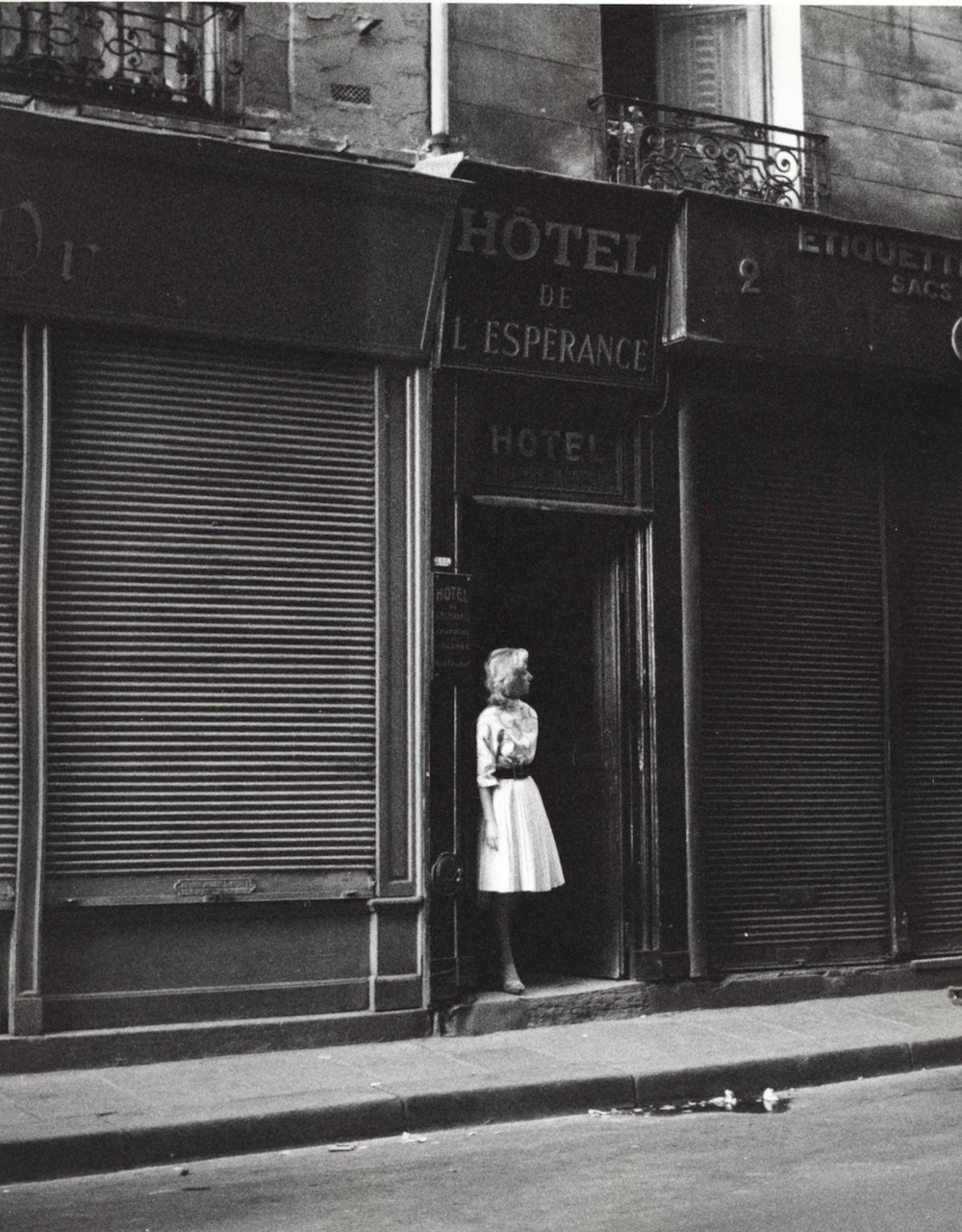
Image: 7 x 9 inches
Print: 8 x 10 inches
Dated and signed by the artist
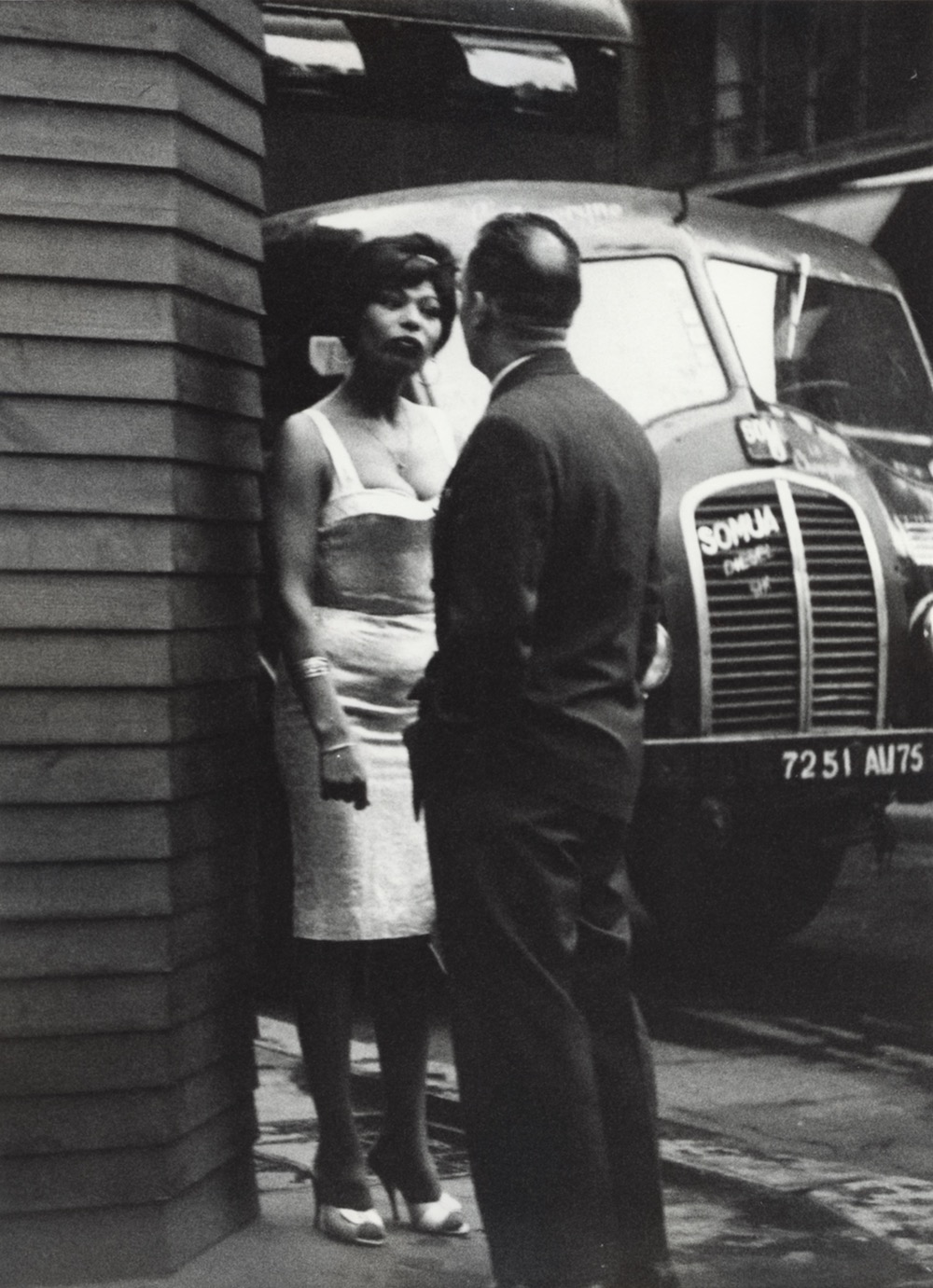
Image: 7 x 9 inches
Print: 8 x 10 inches
Dated and signed by the artist
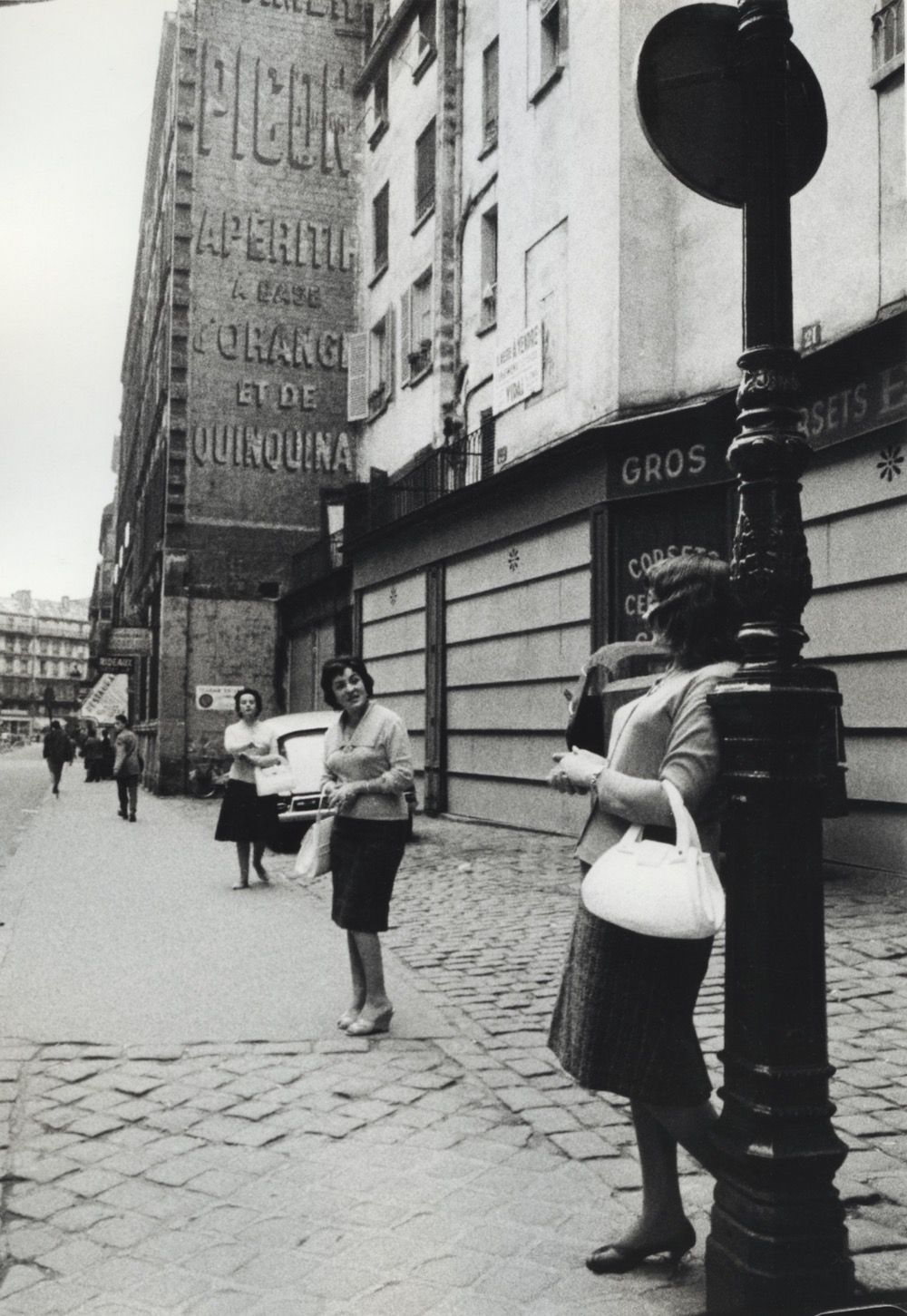
Image: 7 x 9 inches
Print: 8 x 10 inches
Dated and signed by the artist
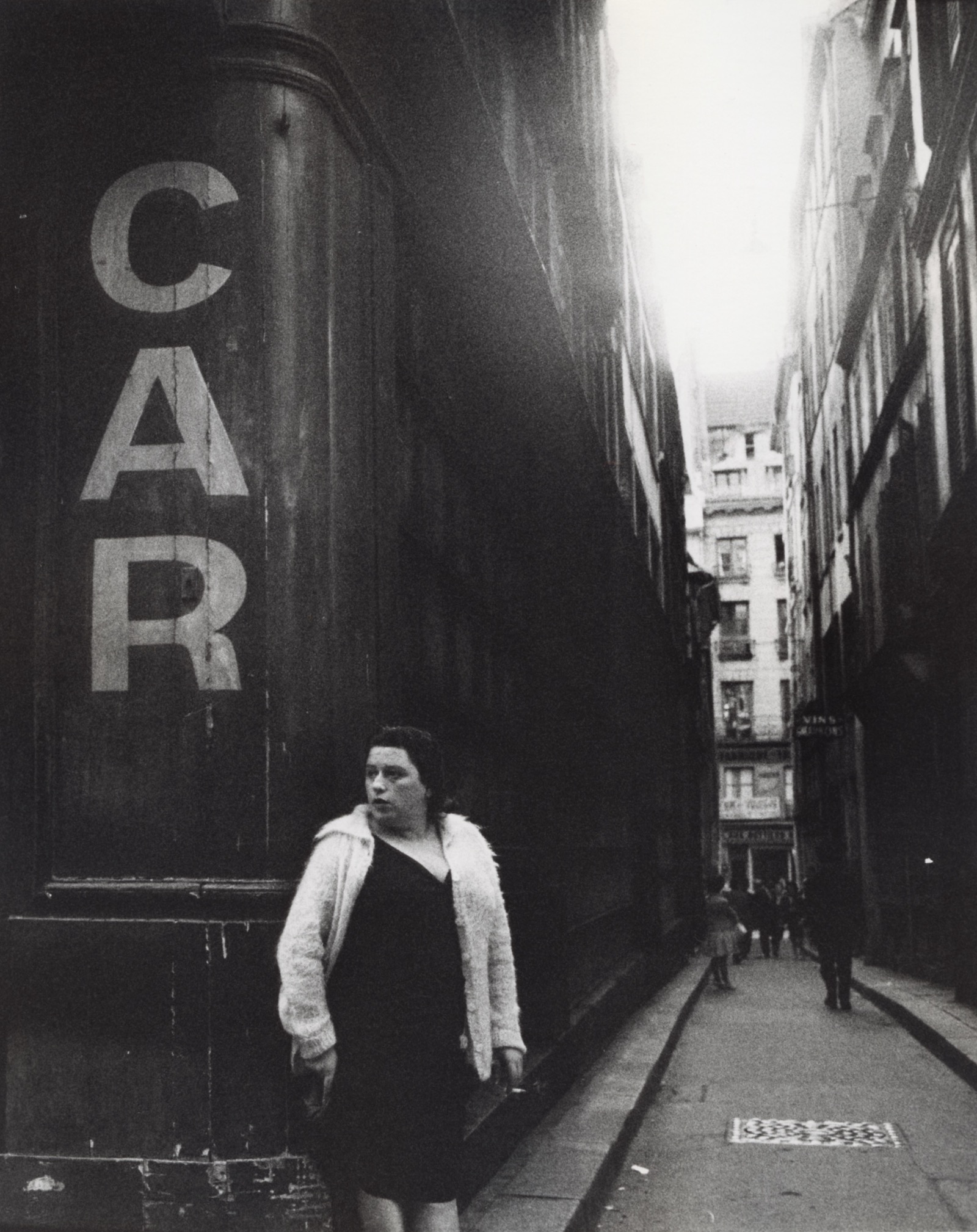
Image: 7 x 9 inches
Print: 8 x 10 inches
Dated and signed by the artist
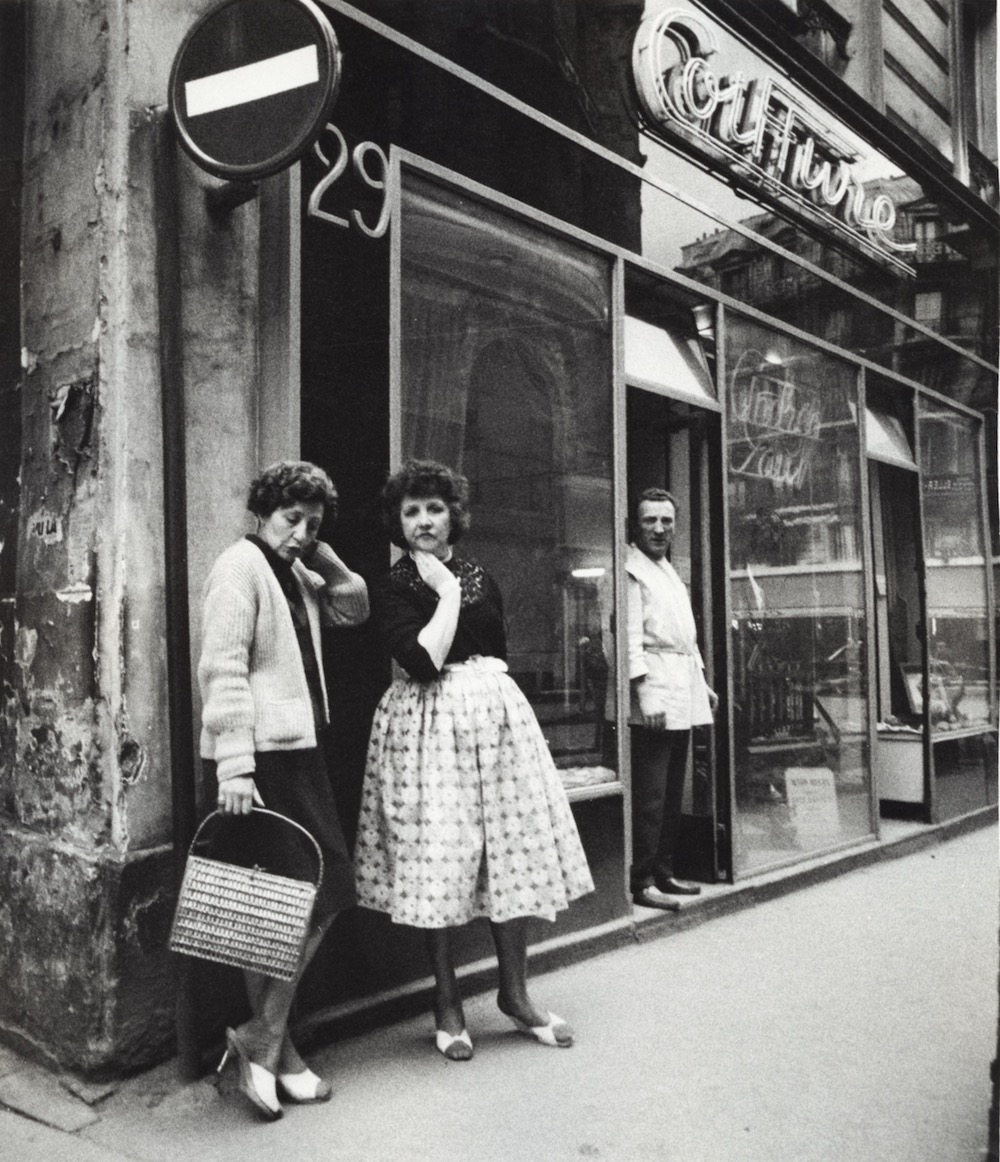
Image: 7 x 9 inches
Print: 8 x 10 inches
Dated and signed by the artist

Image: 7 x 9 inches
Print: 8 x 10 inches
Dated and signed by the artist
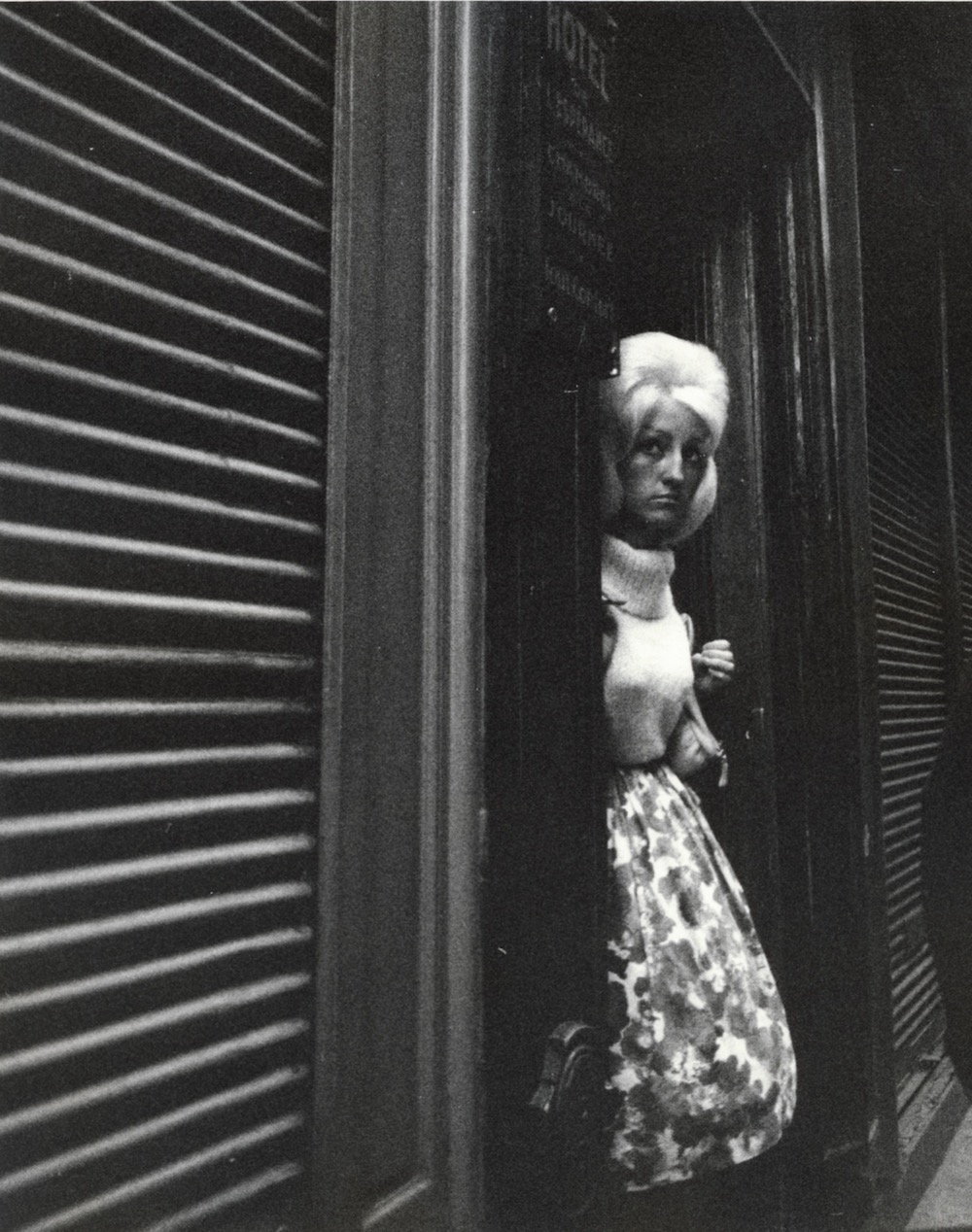
Image: 7 x 9 inches
Print: 8 x 10 inches
Dated and signed by the artist
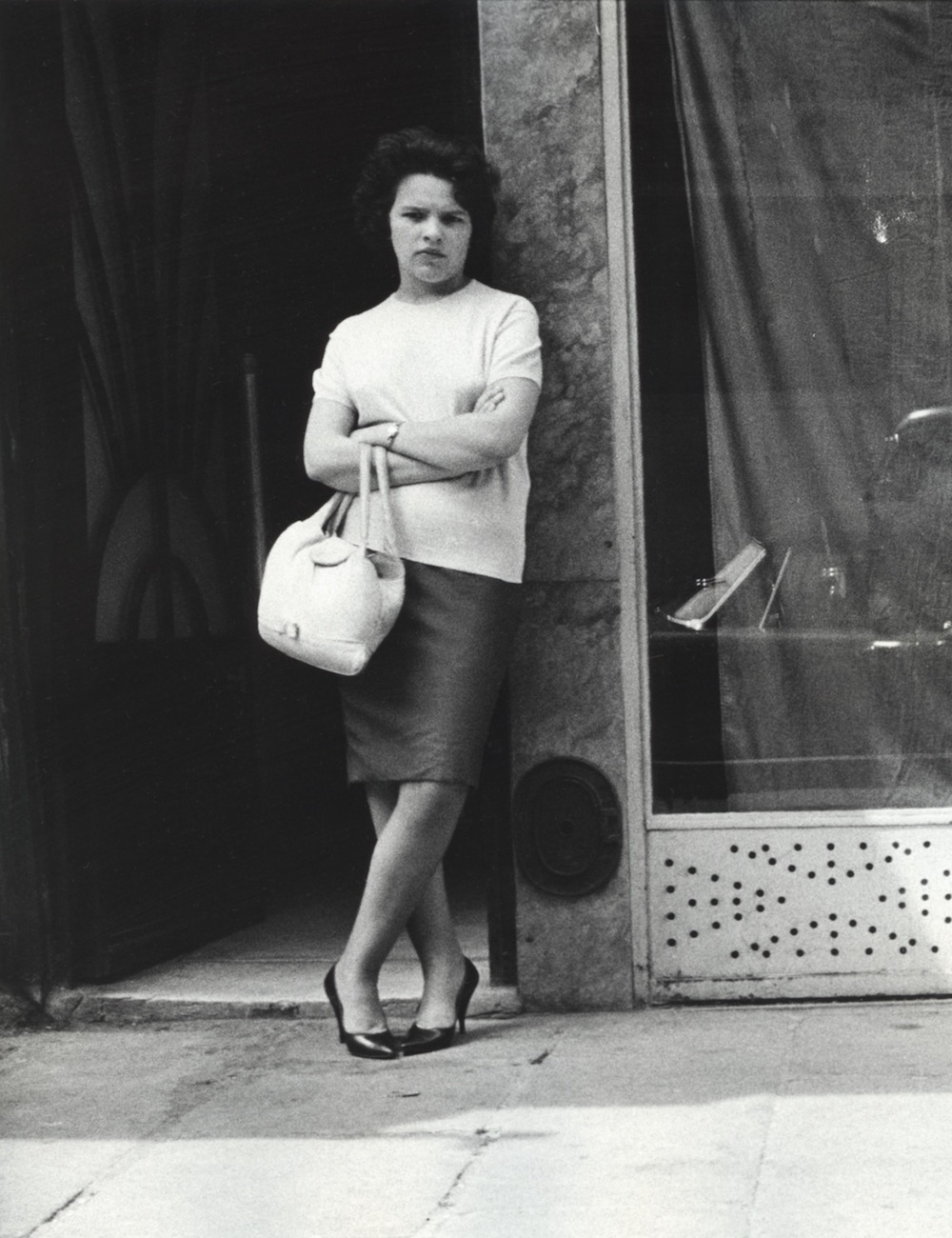
Image: 7 x 9 inches
Print: 8 x 10 inches
Dated and signed by the artist
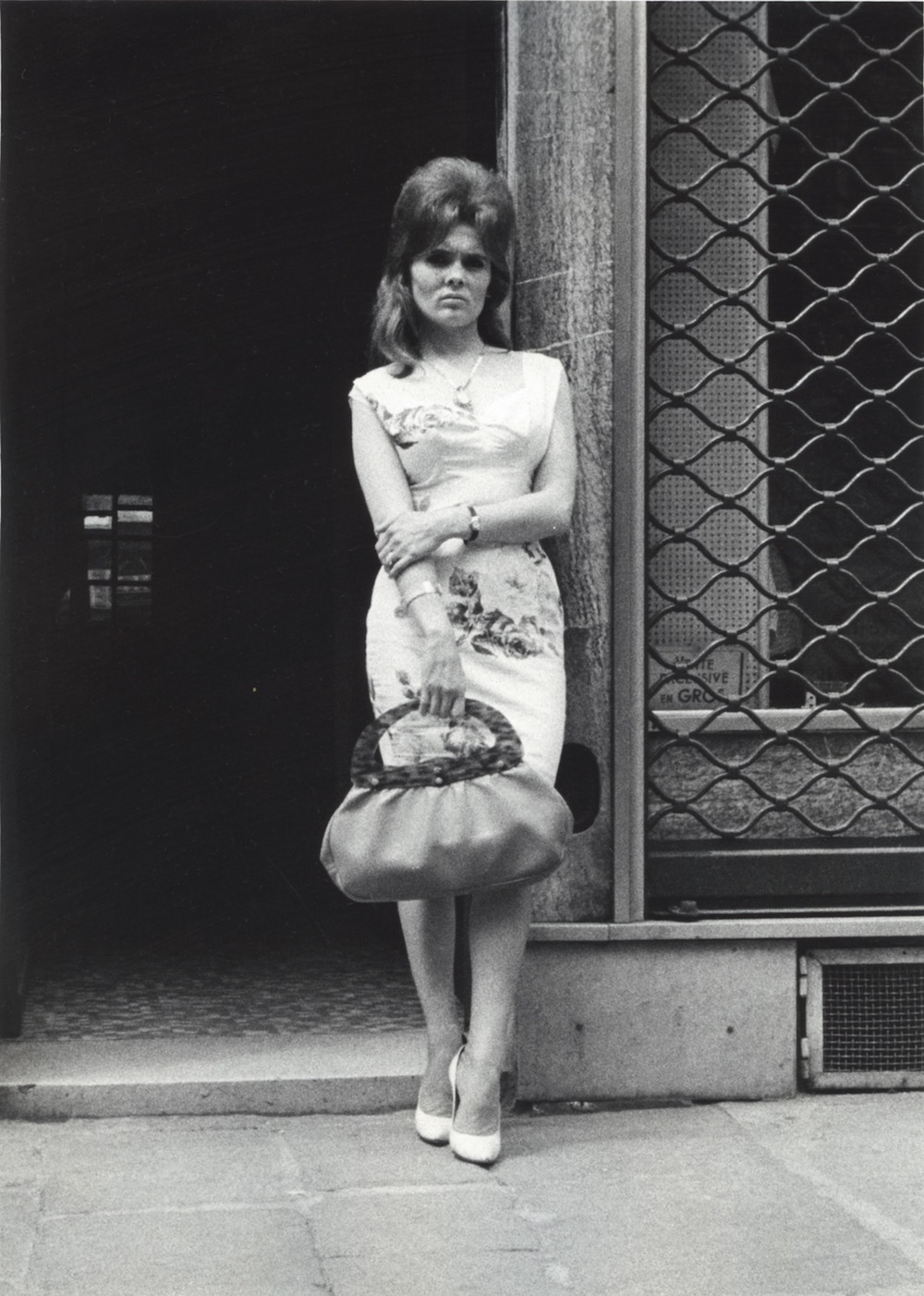
Image: 7 x 9 inches
Print: 8 x 10 inches
Dated and signed by the artist

Image: 7 x 9 inches
Print: 8 x 10 inches
Dated and signed by the artist

Image: 7 x 9 inches
Print: 8 x 10 inches
Dated and signed by the artist
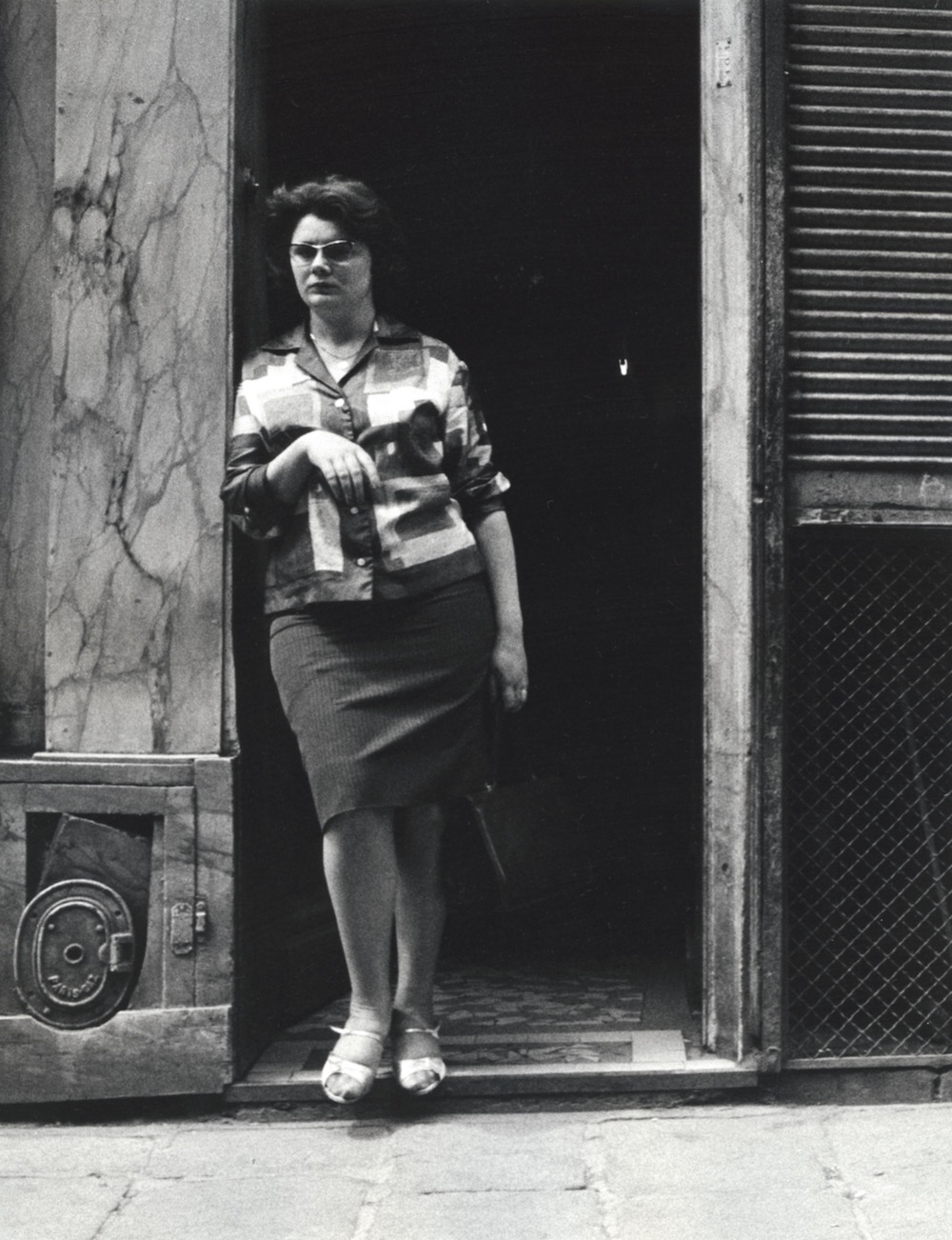
Image: 7 x 9 inches
Print: 8 x 10 inches
Dated and signed by the artist

Image: 7 x 9 inches
Print: 8 x 10 inches
Dated and signed by the artist
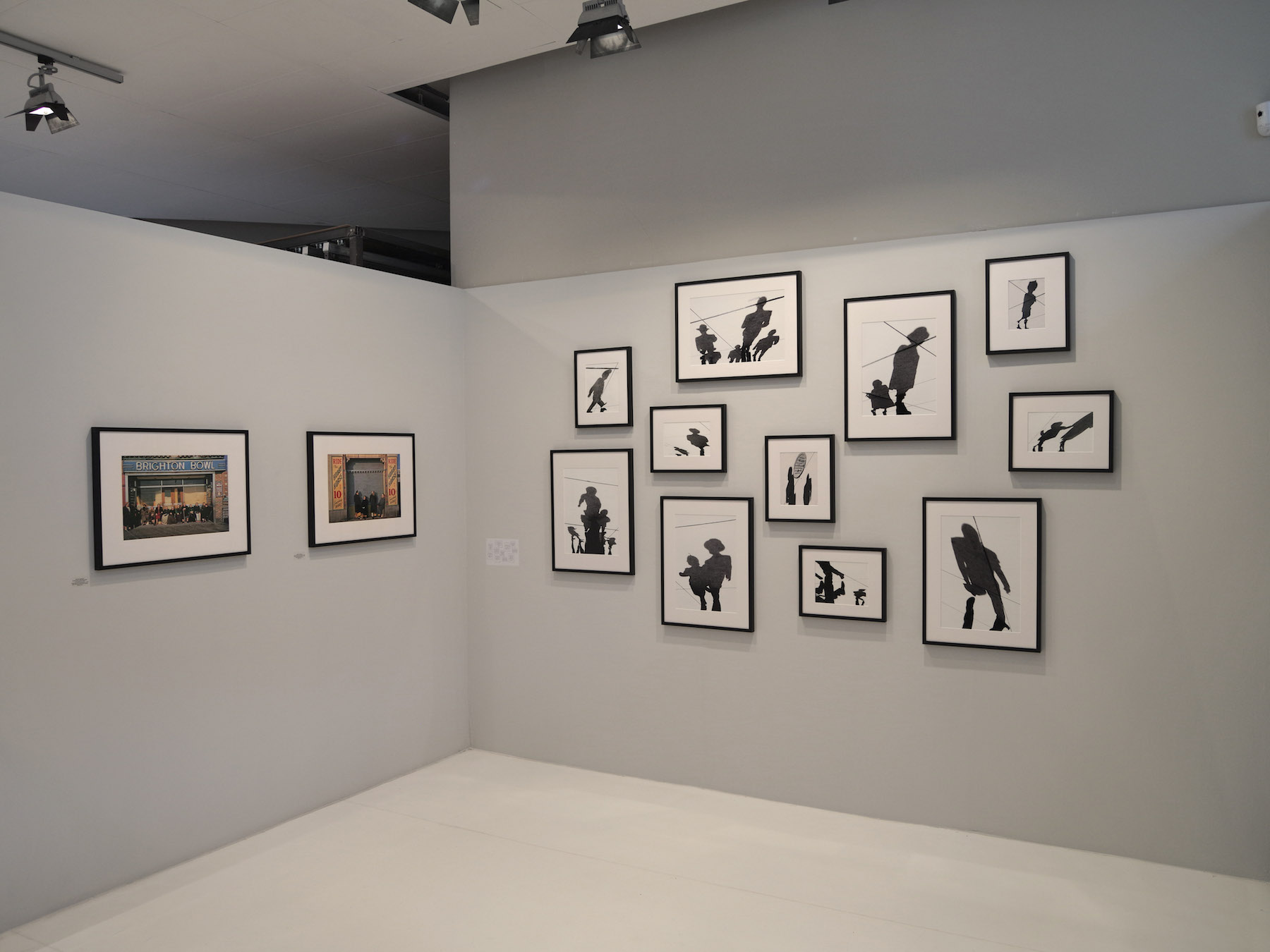
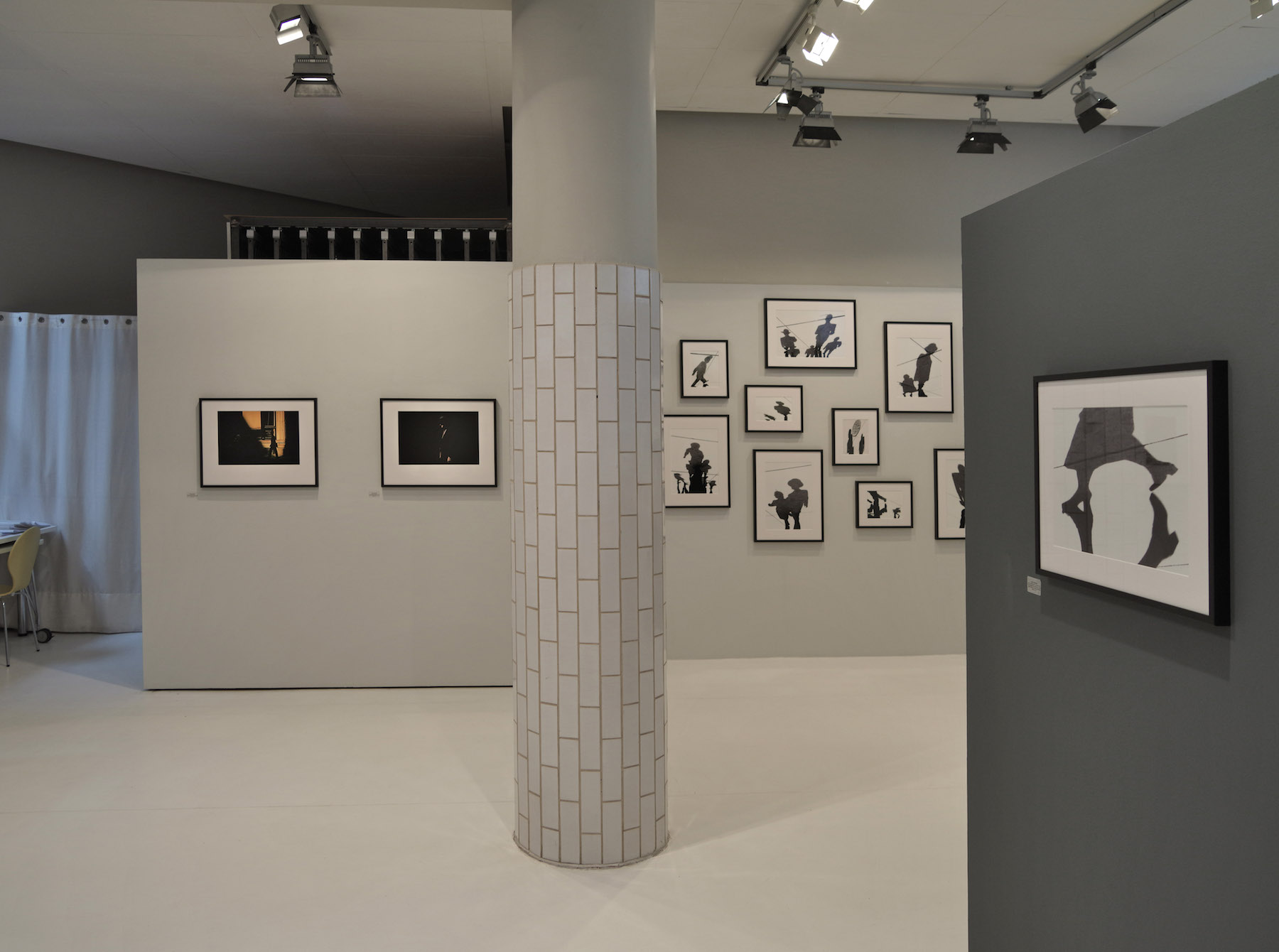
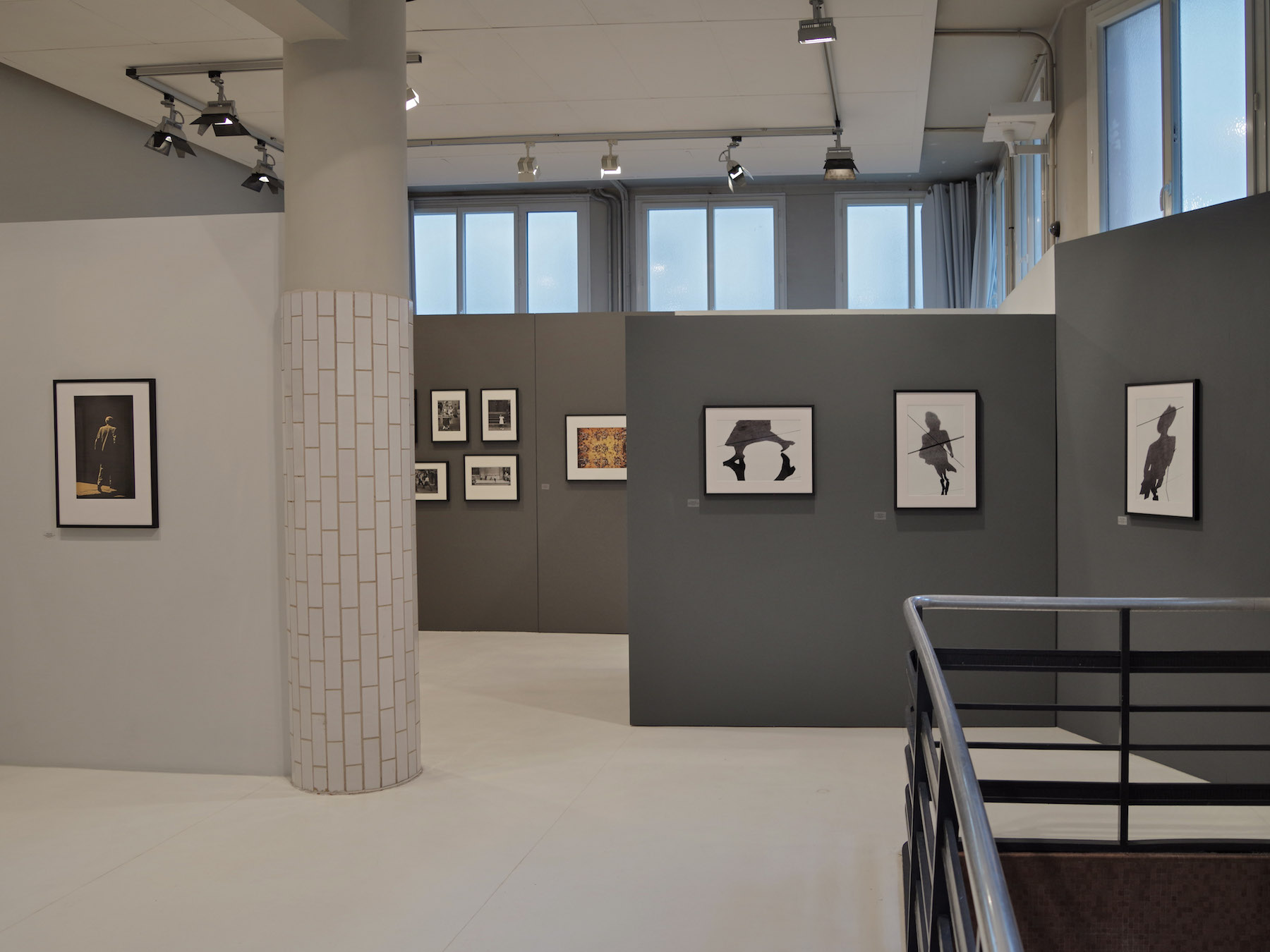
Presentation
Marvin E. Newman, the storyteller, Marvin E. Newman the inventor. Marvin E. Newman, the charmer.
At the age of ninety, with a mischievous glint in his eye, Marvin E. Newman casually drops a thousand tales that tell the story of American photography from the end of the Second World War to the present day. He’s an inquisitive man who embraces the world and never takes himself too seriously. He has photographed everything with great enthusiasm: from street reporting to advertising and sports, from night life to high fashion. Like many photographers of his generation, he has never shied away from any commission. But as he has done so, he has remained staunchly faithful to what he learned in 1949 from his teachers at the Chicago Institute of Design (which began as the New Bauhaus). As he himself says, ‘no matter what I shoot, I always photograph for myself’. Marvin E. Newman took especially to heart one of the precepts of that mythical school’s founder, Lázló Mohóly Nágy: always experiment and keep experimenting. Leave the beaten paths, embrace new technologies. Impose your vision.
Nowadays, Marvin E. Newman devotes himself to his archives with renewed passion, revisiting his work through the lens of digital prints.
It is with great pleasure that the Gallery is able to present Marvin E. Newman’s first personal exhibit in France, with a selection of his work that ranges from the first photographs he made while still a student in Chicago in 1950 to his works from the 2000s. In addition, we are showing Church on Maxwell Street, the film he made with his famous colleague, Yasuhiro Ishimoto, in 1951, about the street where Chicago blues was born – a little seven-minute jewel of a film.
Press
PRESS RELEASE
MARVIN E. NEWMAN, THE INVENTOR
I wanted to begin by writing, 'Marvin E. Newman was born in 1943 at the age of sixteen, in Brooklyn College in New York, to Walter Rosenblum and Berenice Abbott'.
But I could just as well have muddied the waters by stating that Newman was born in 1949 at the famous Chicago Institute of Design to Harry Callahan and Aaron Siskind. But let's be serious for a moment: Marvin E. Newman was born on 5 December 1927 in the Bronx, the son of Mr and Mrs Newman. He currently lives in New Jersey.
If you were to ask Newman himself, he would tell you that he sees himself spiritually connected to Lewis Hine, Walker Evans and Harry Callahan. From the first two, and especially from Hine, he inherited a profound compassion for his subjects. A deep humanity mixed with melancholy that is visible in his series Striptease from Kansas City in the 1950s, or again in his work on the prostitutes of the rue St.-Denis in Paris in 1960. The link with Callahan is obvious – an aesthetic that comes from the Bauhaus, which is clear in his photos of reflections, dating from the end of the 1940s.
But Newman is much more than a student or a follower. He is quite the opposite. He is an inventor. He is one of those artists who open doors. And not one door, but many. Such artists are a rarity! I would not hesitate to put him in the same category as Picasso, who never ceased to invent and reinvent himself. You must always pay close attention to the date of Newman's pictures. Here I am thinking in particular of the photo of the New York Stock Exchange. It is difficult not to be reminded of Andreas Gursky's series of photos taken between 1990 and 2000. But Newman's photo was taken in 1956. And in some ways, it seems even more contemporary to me. It is impossible that Gursky was not inspired by it. But it hardly matters. For as well known as Newman's work is, I still feel that people underestimate it, given its importance in the history of photography.
Since I have mentioned the photograph Bird's Eye view, New York Stock Exchange, let me talk about Marvin E. Newman, the colour photographer. It is hardly surprising that when discussing his photos of Broadway from the middle of the 1950s, Newman cited another of his professors, the painter Burgoyne Diller, as a source of inspiration. Yes, a painter, not a photographer. Diller can be considered an American student of Mondrian. Taking a closer look at those pictures of Broadway, that is precisely what stands out – broken lines, balance, vibrating colours. The photographs are as much the work of a painter as of a photographer. For Newman, we see the world in colour and not in black and white. In this he is the opposite of Cartier-Bresson.
To return for a moment to a subject dear to Newman – prostitution – the photos he took in Reno, Nevada, in the 1970s are part of a very different aesthetic to those he took earlier in Kansas City and Paris. These later photos are harbingers of an aesthetic that would not truly emerge until the 1980s with someone like Nan Goldin.
So, please be careful: there is not one single Marvin E. Newman, but several Marvin E. Newmans. Or, as with Picasso, perhaps it would be better to speak of periods: the Chicago period, the New York period, the San Gennaro period, the Coney Island period, the Kansas City period, the Broadway period, the Las Vegas period, the Wall Street period, the Sports Illustrated period, the 42nd Street period, the California period, and so on and so forth.
Marvin E. Newman will forever be astonished. And so he will forever astonish us. Amaze us. Good morning, Mr Newman.
Olivier Beer
